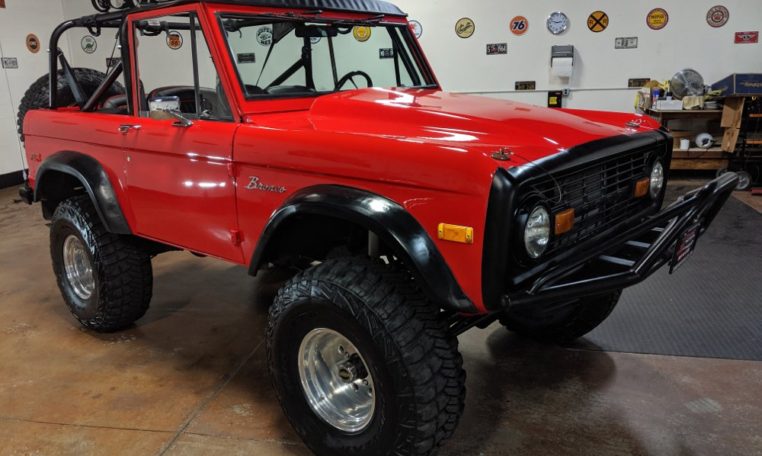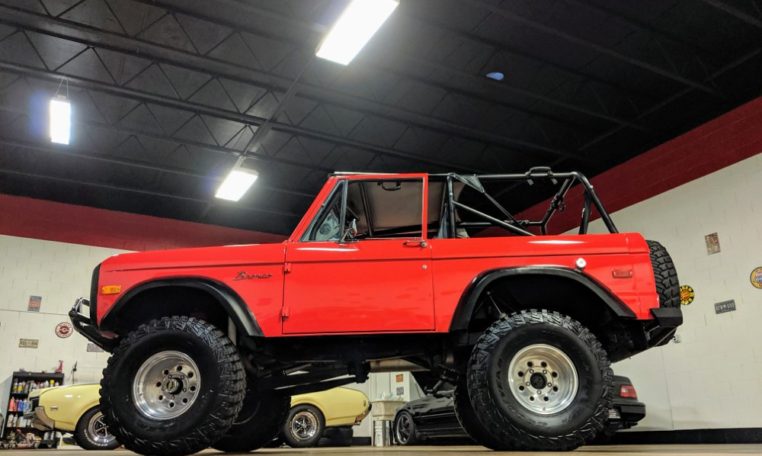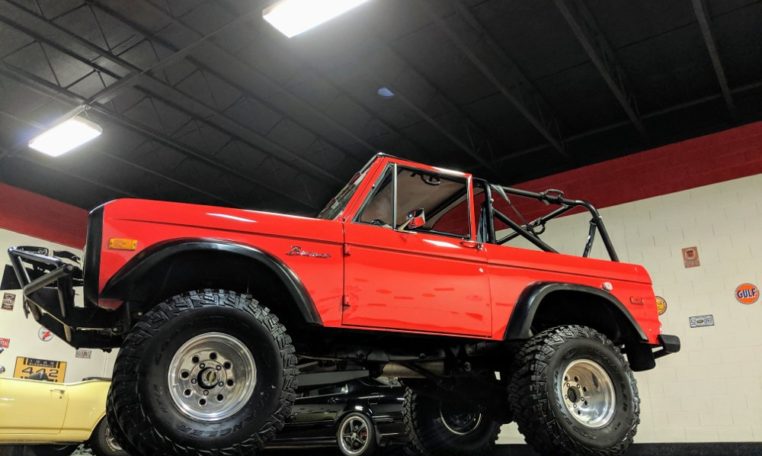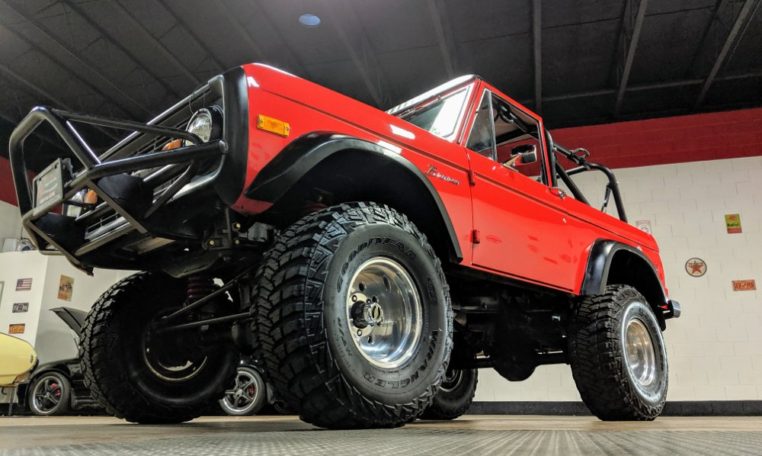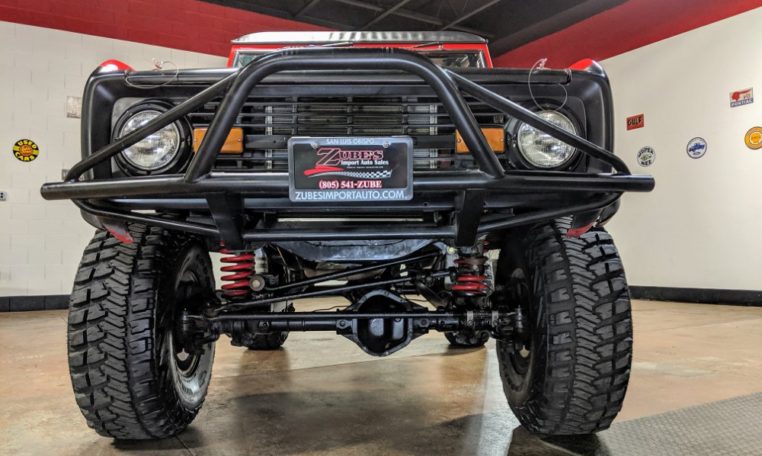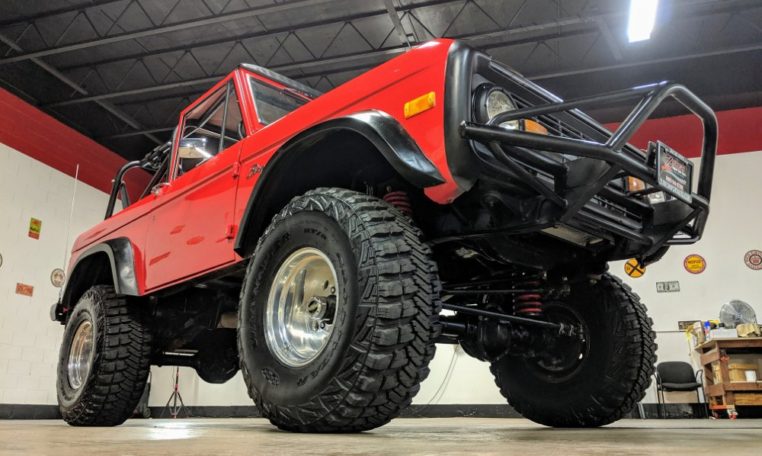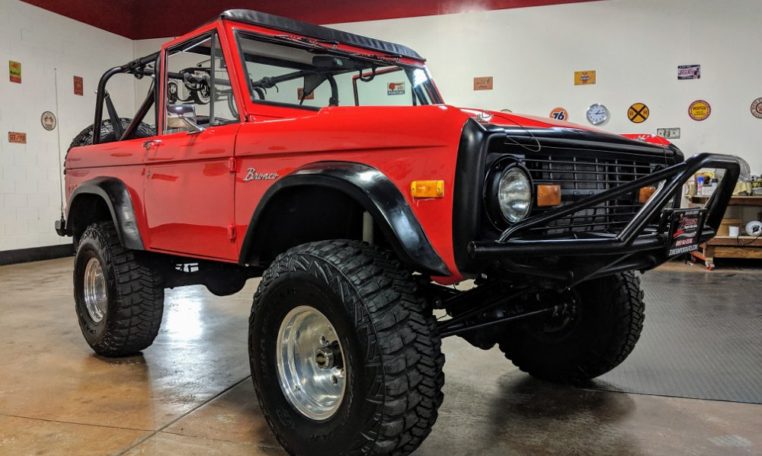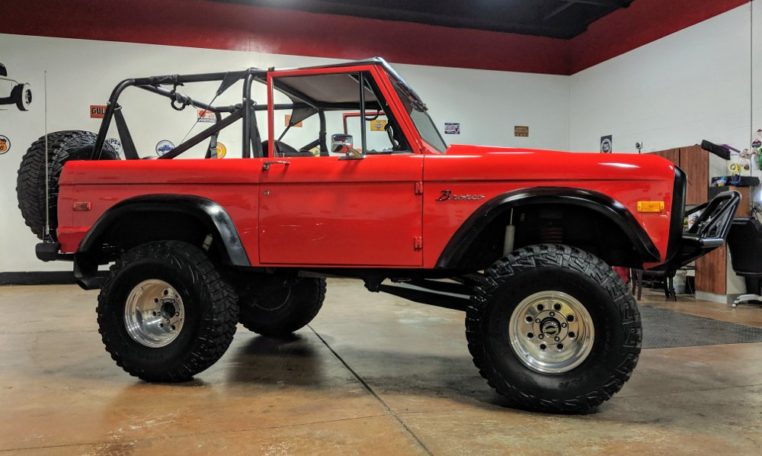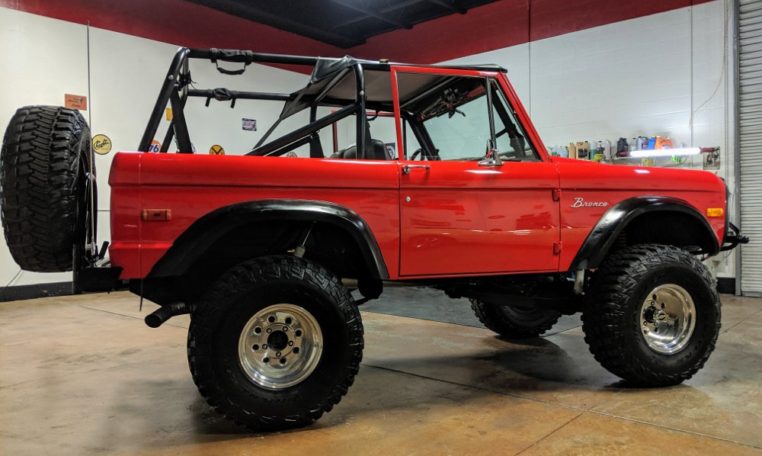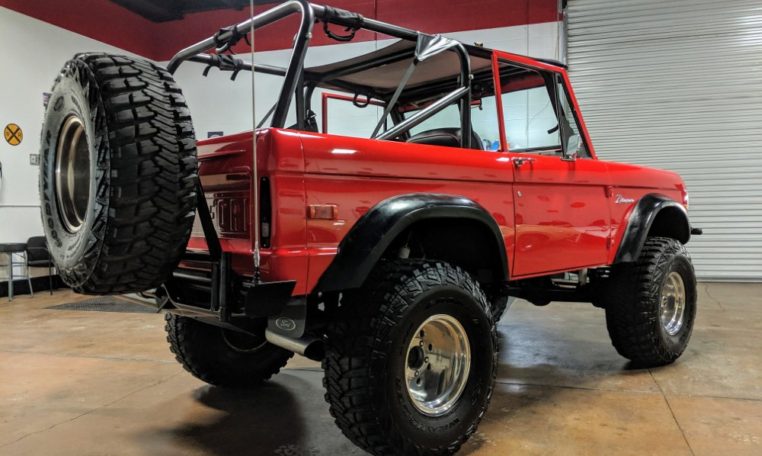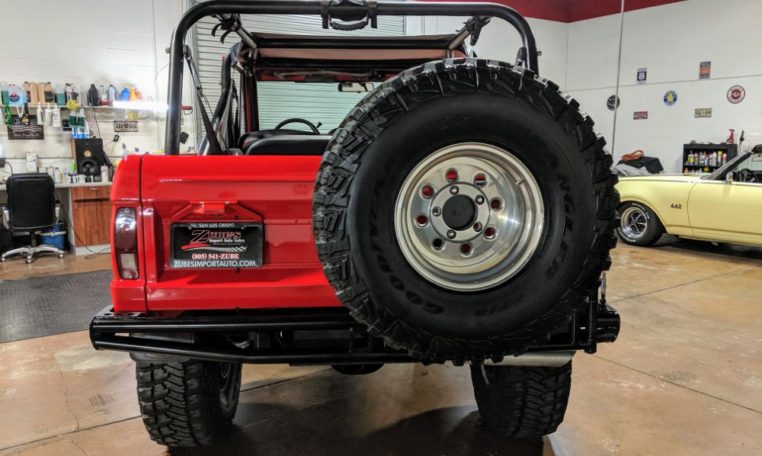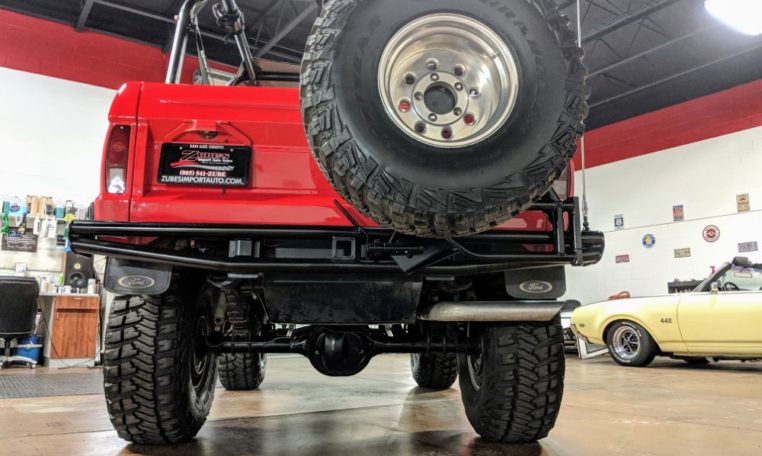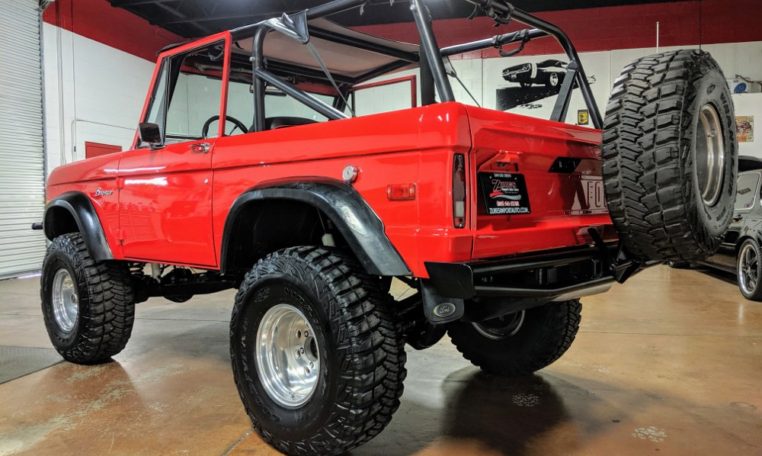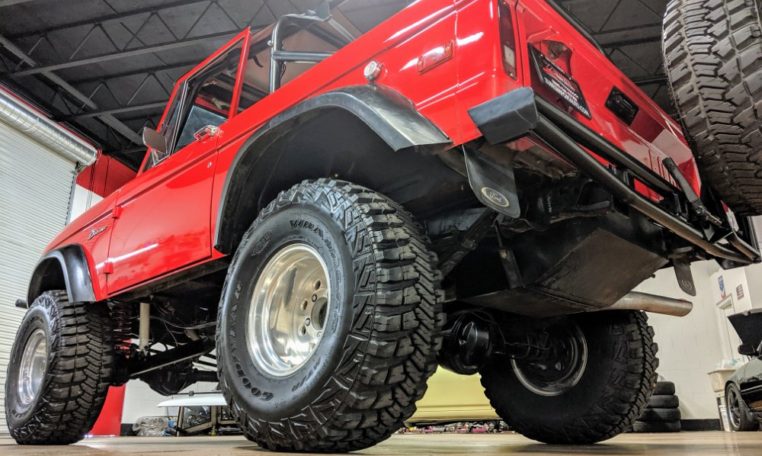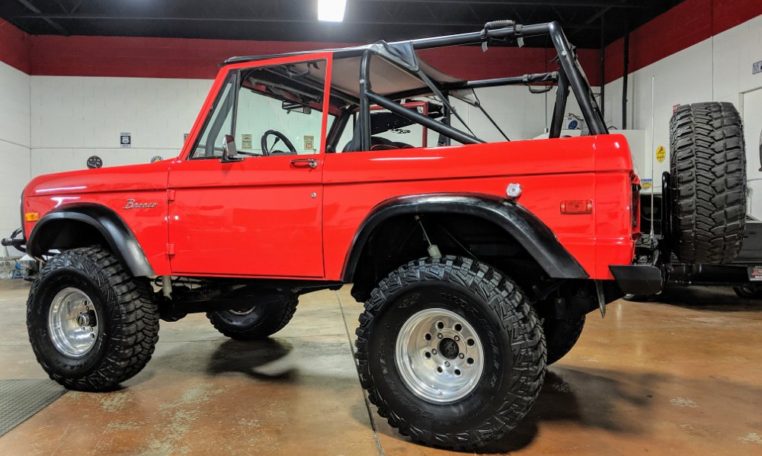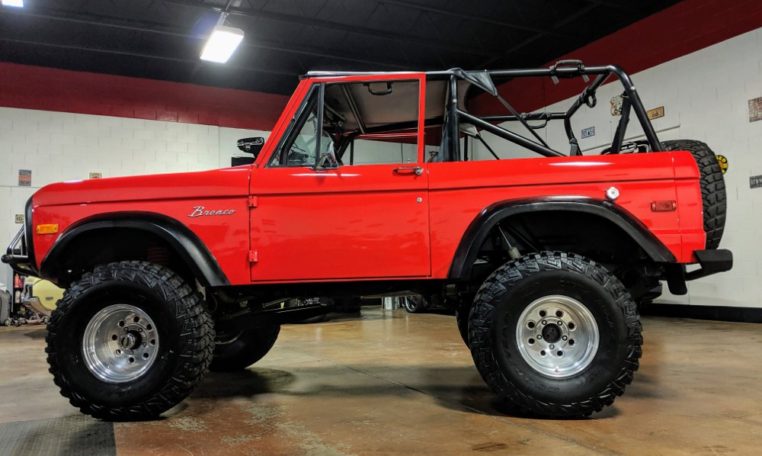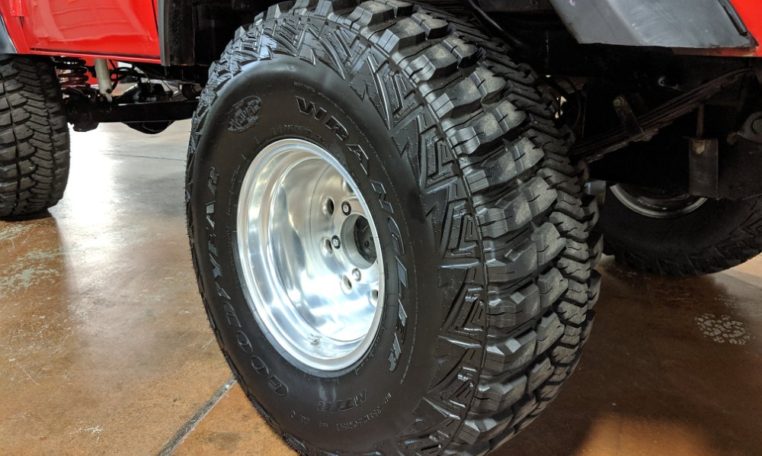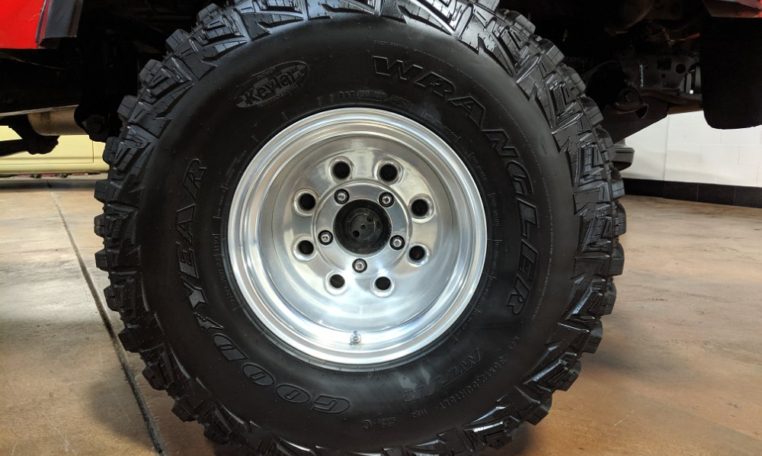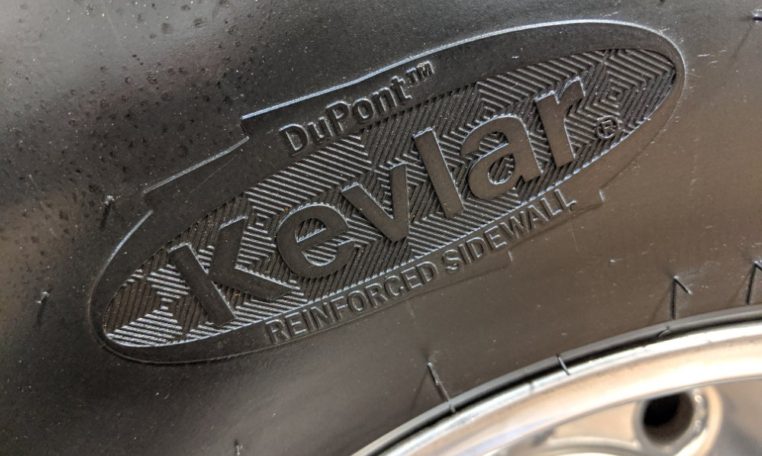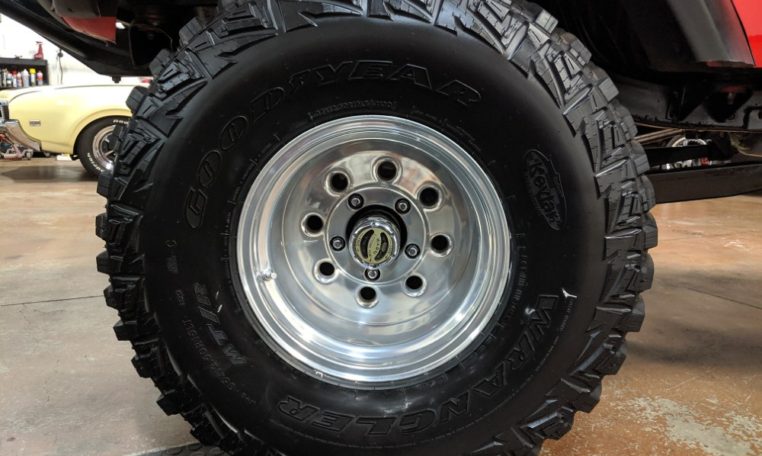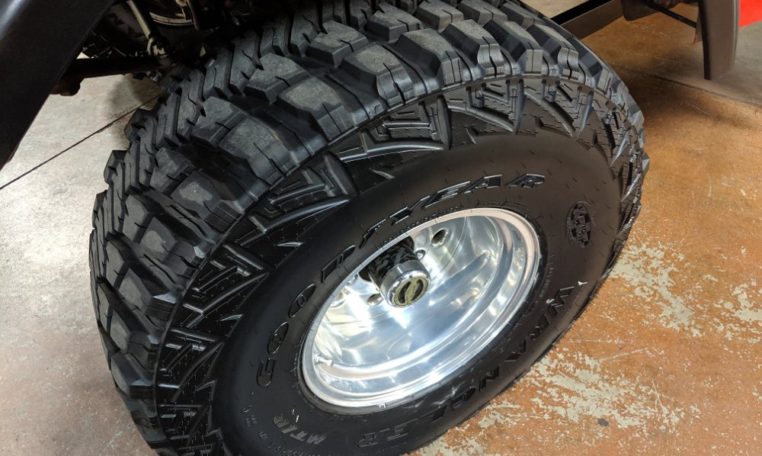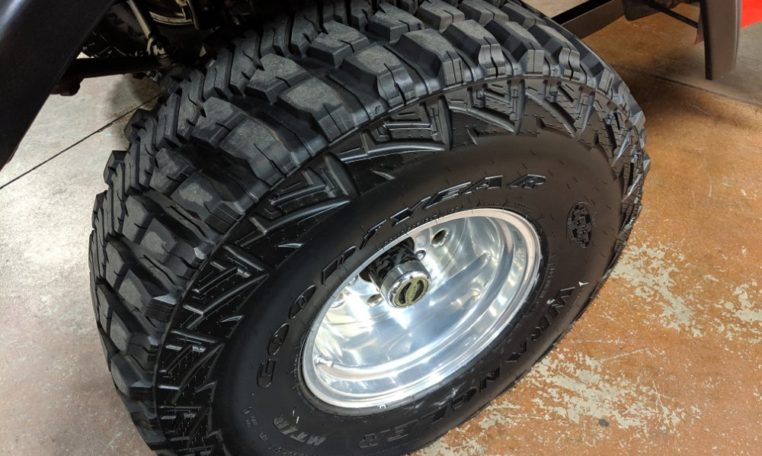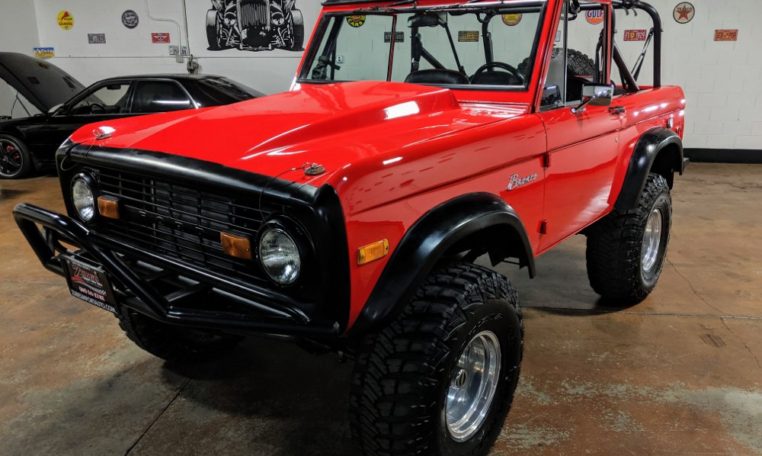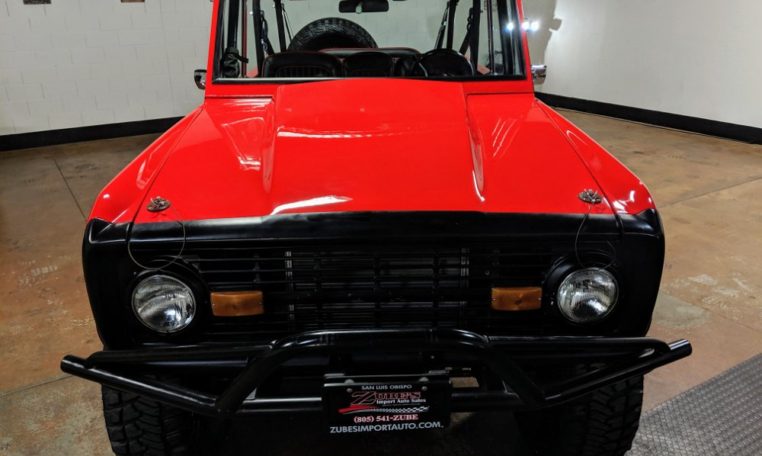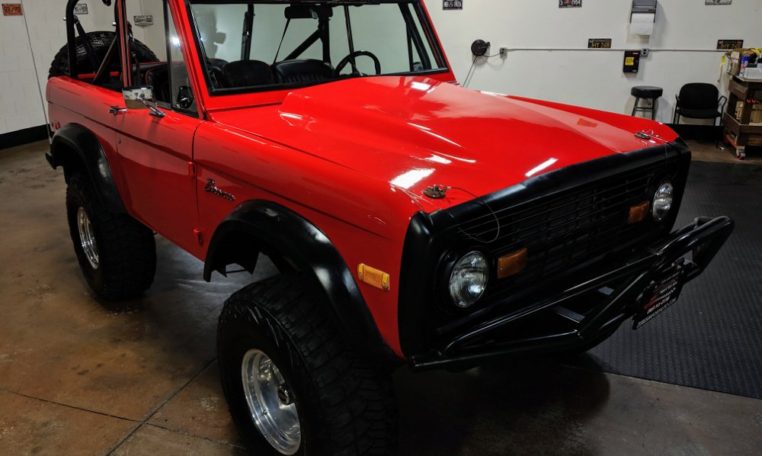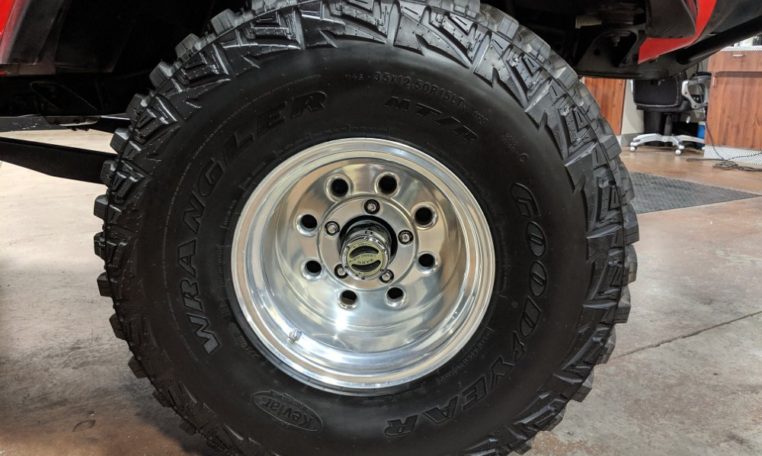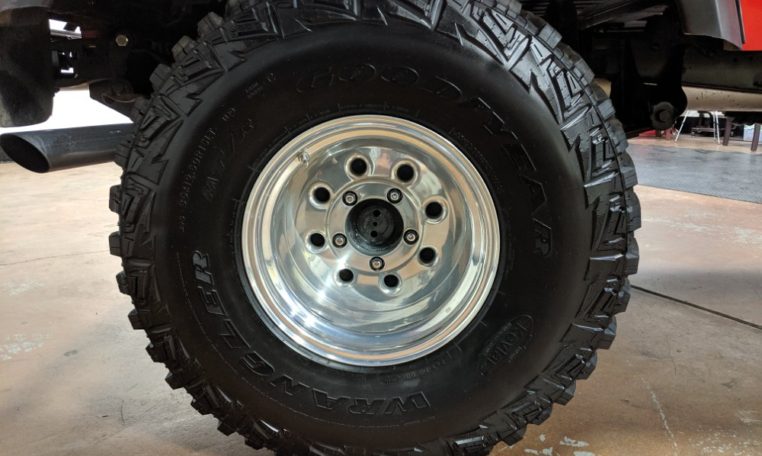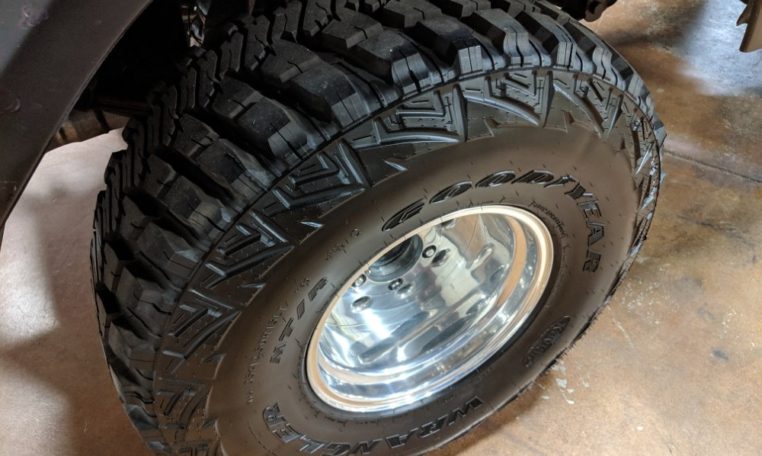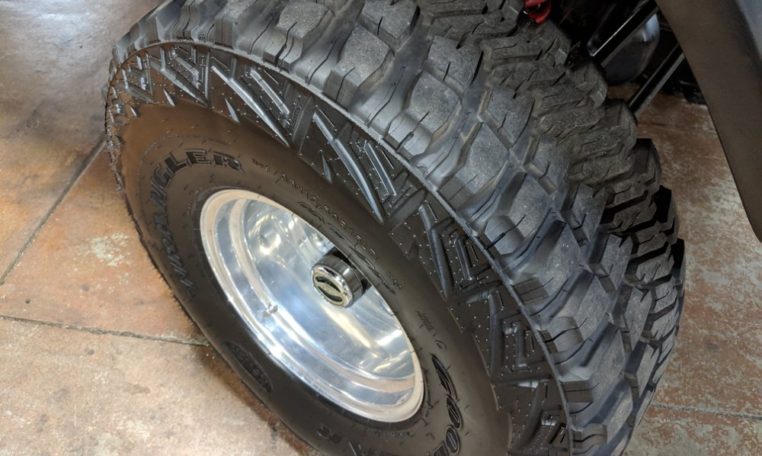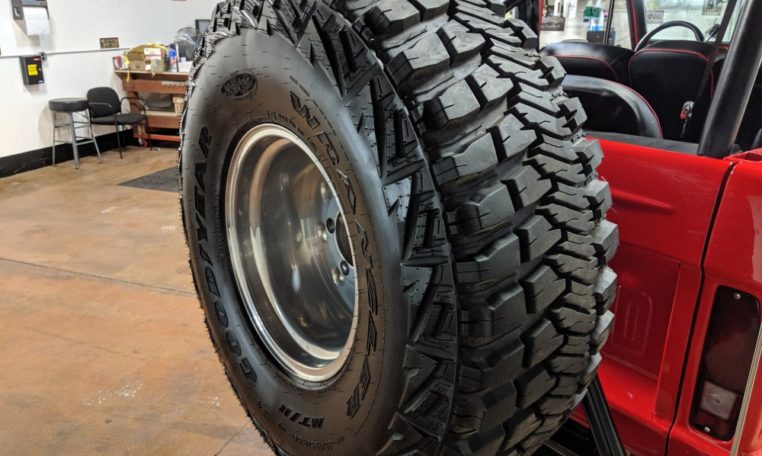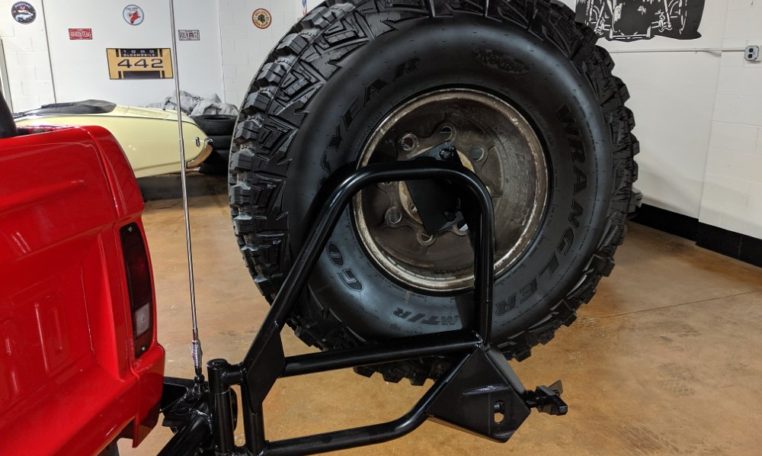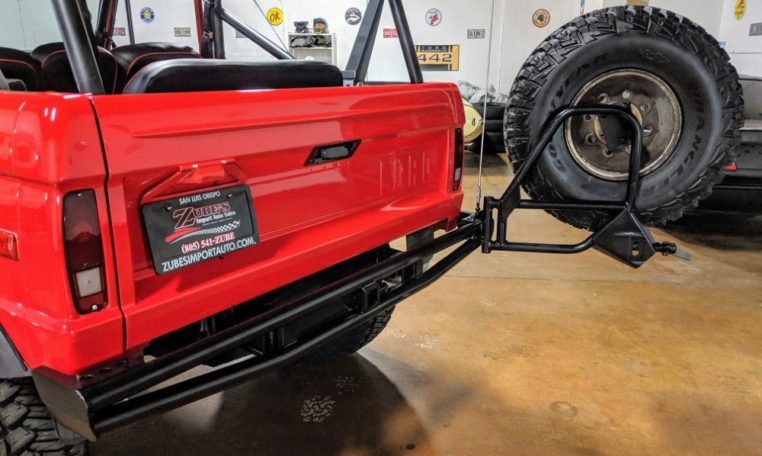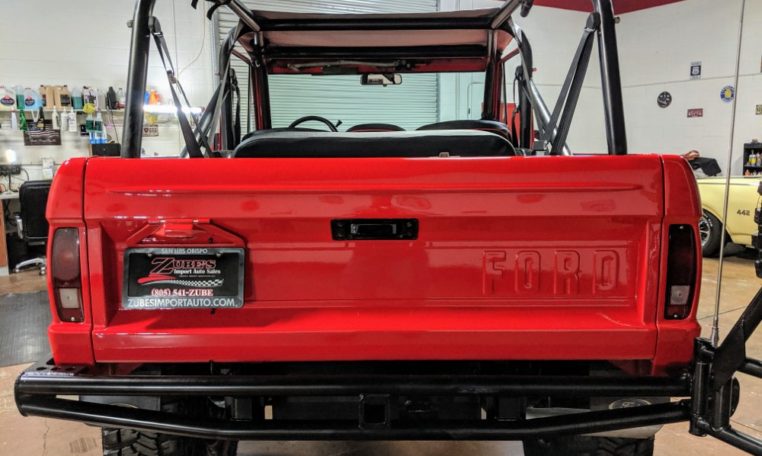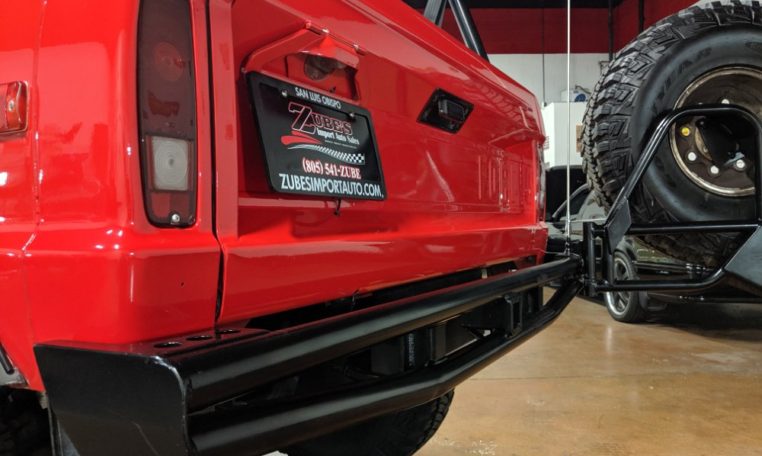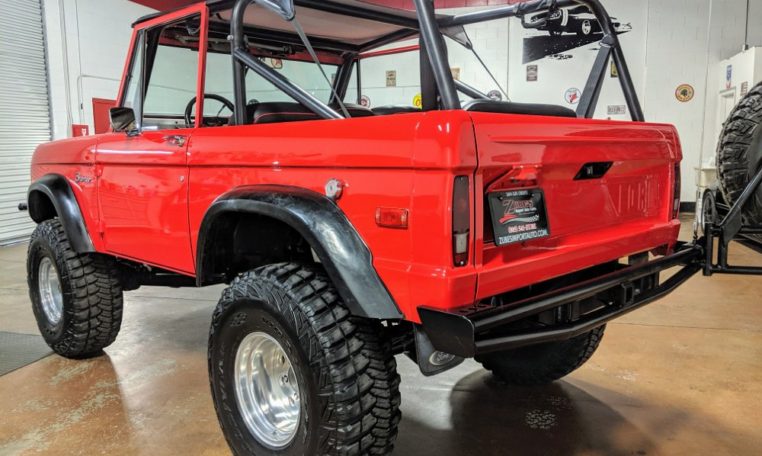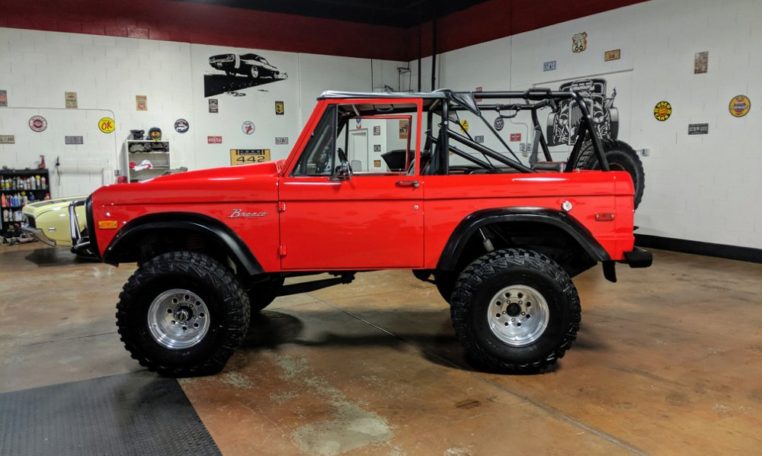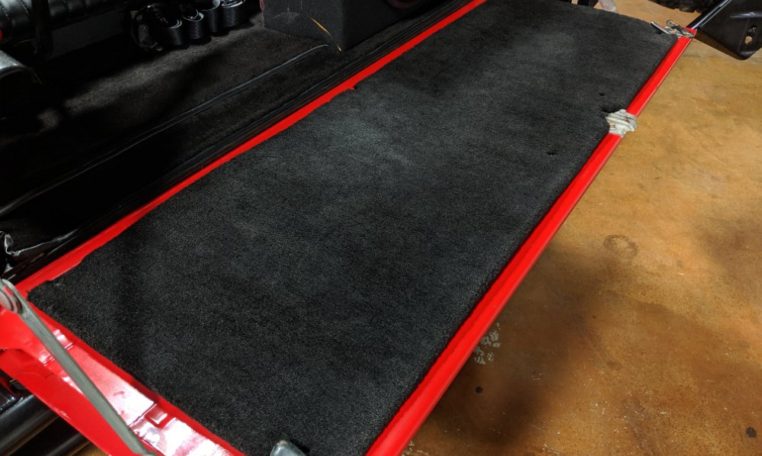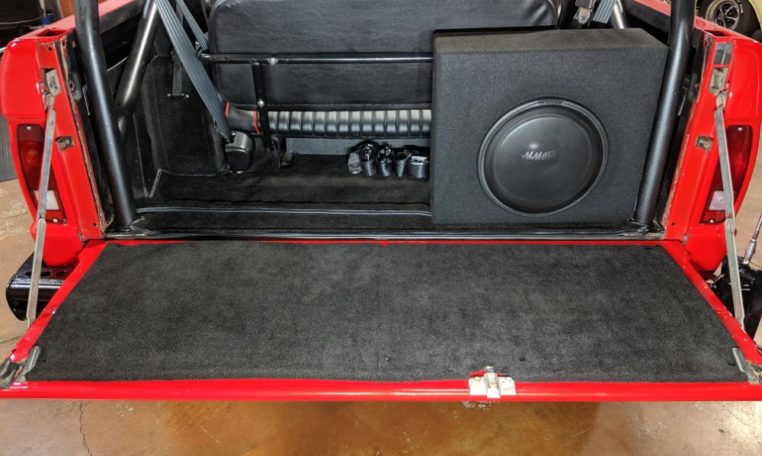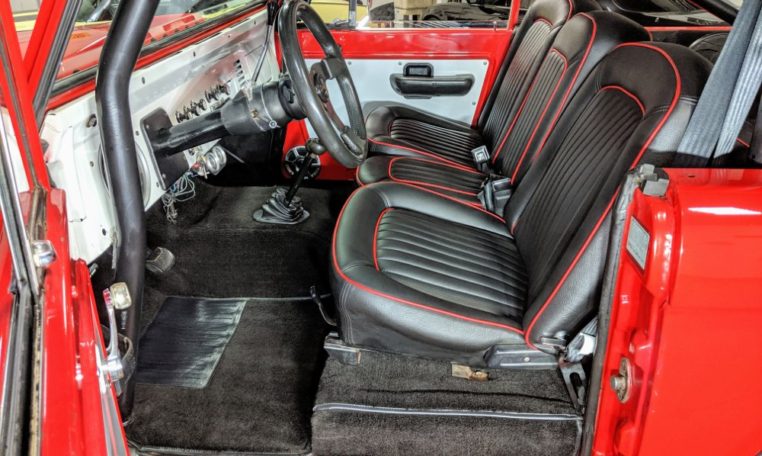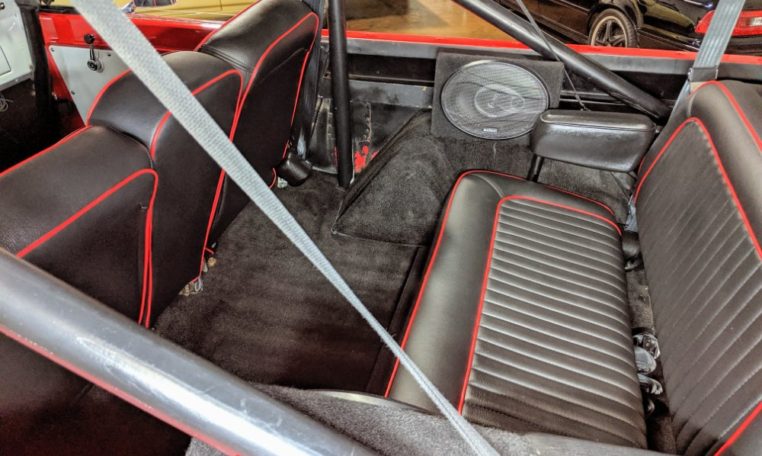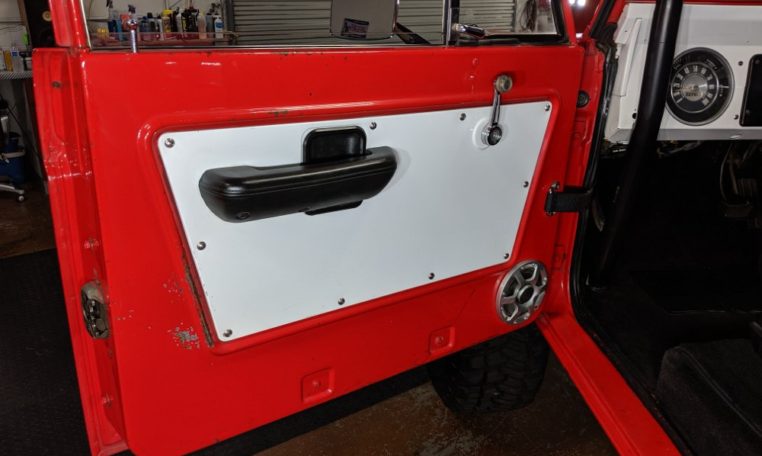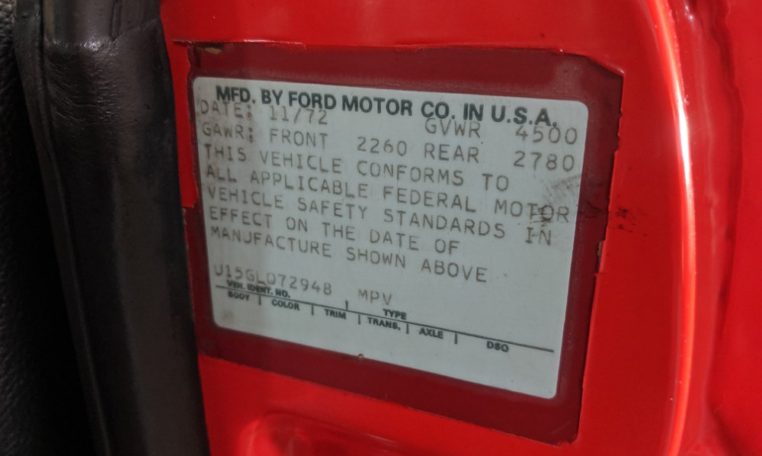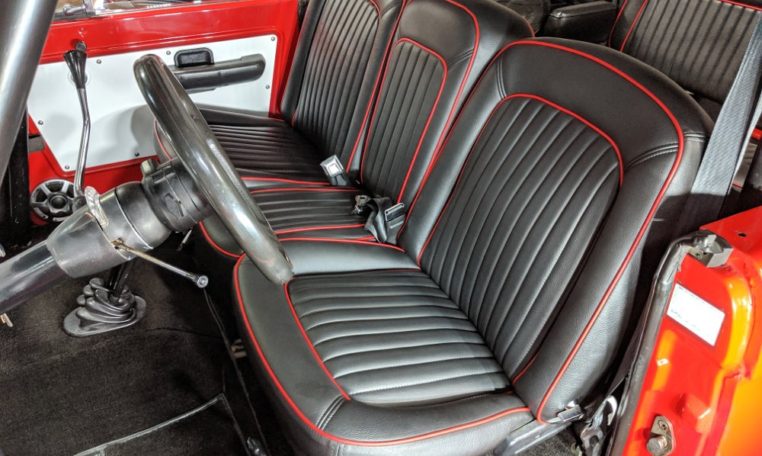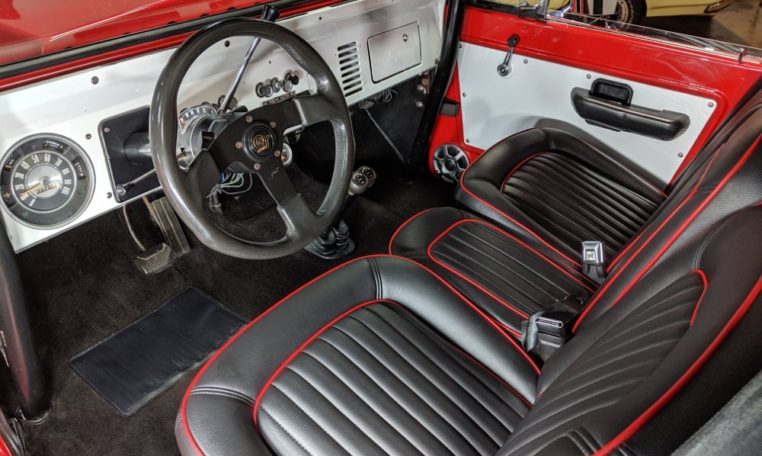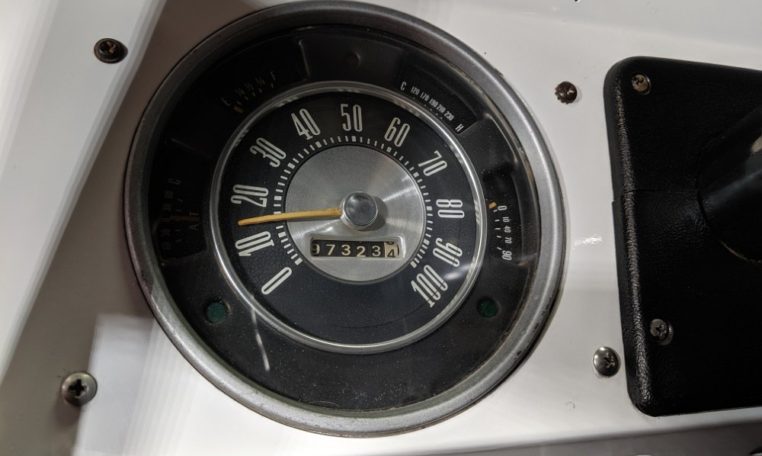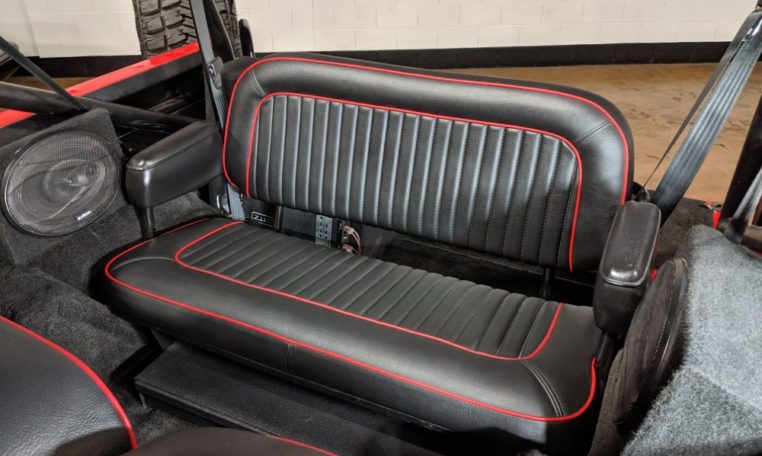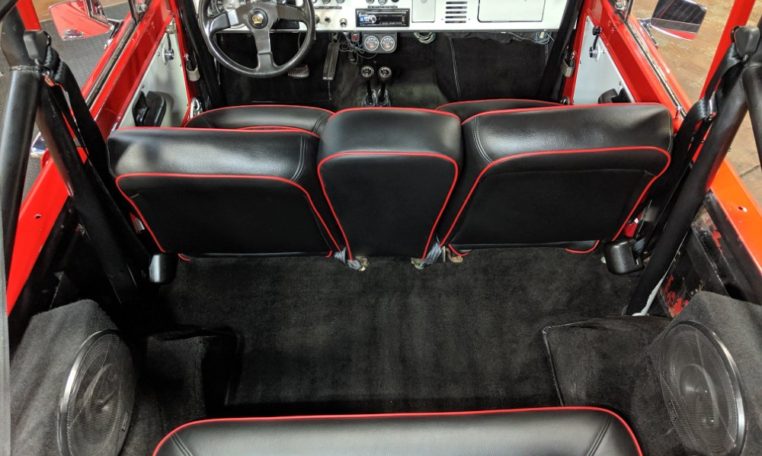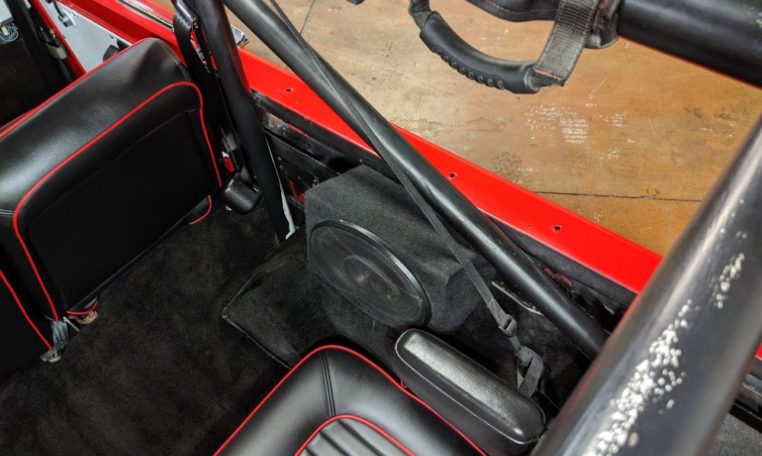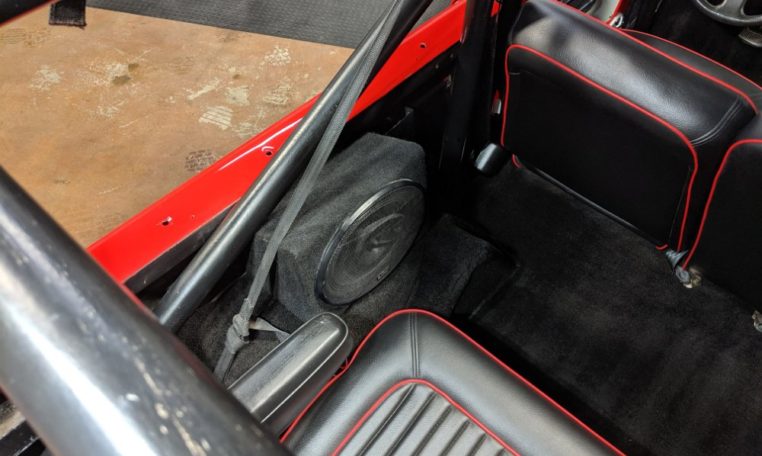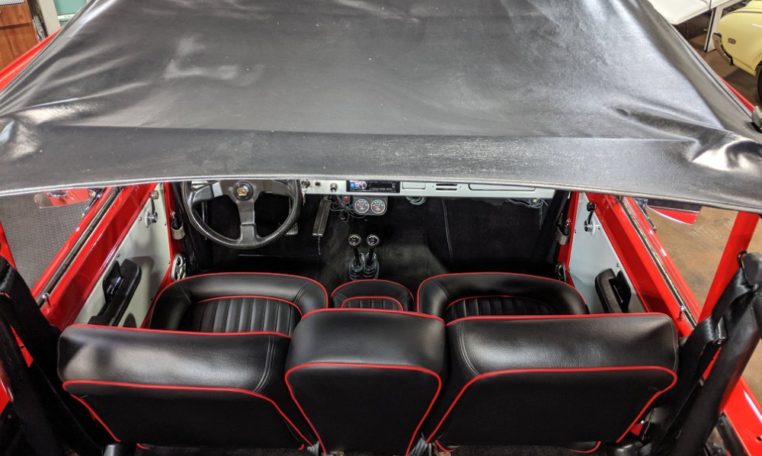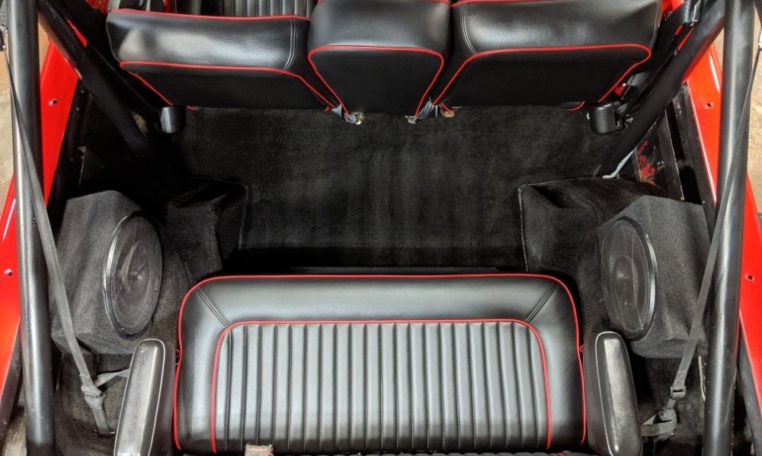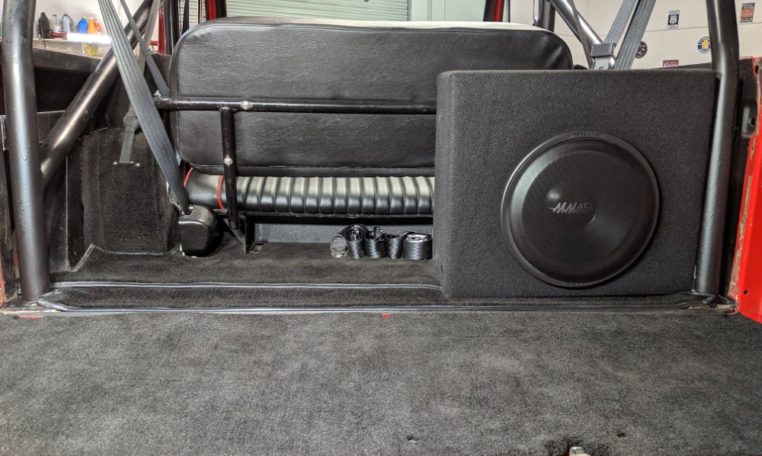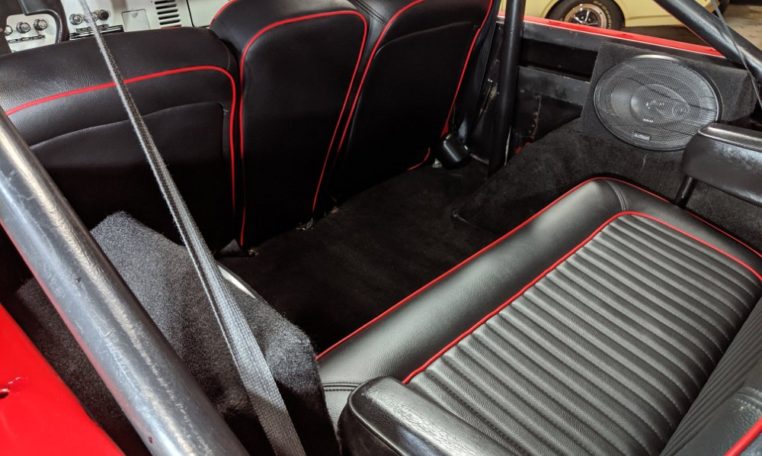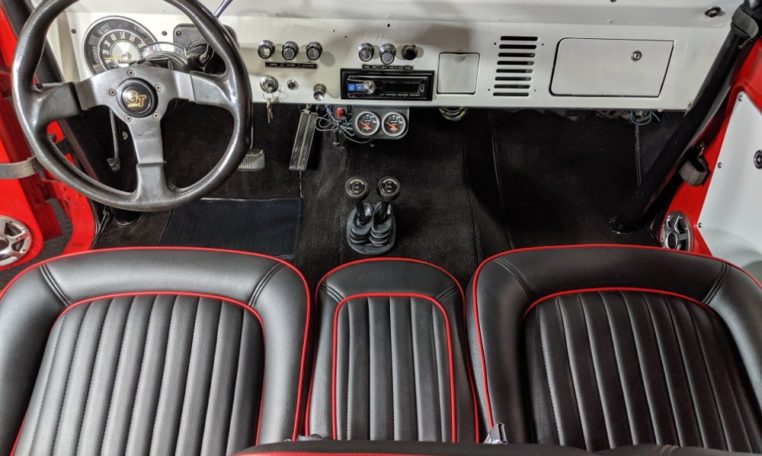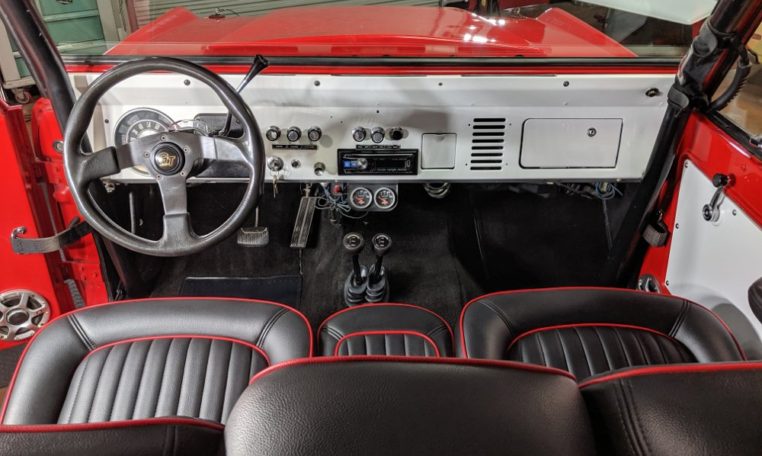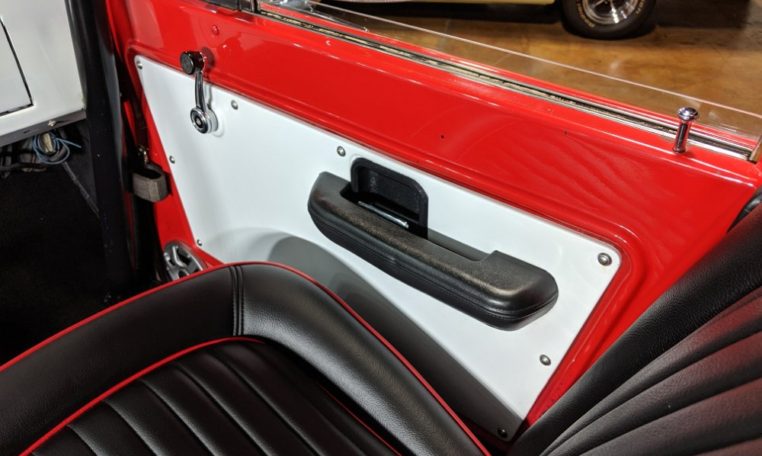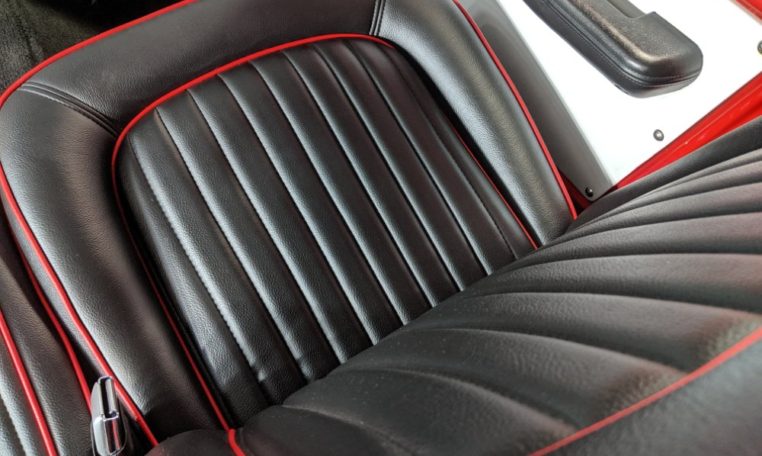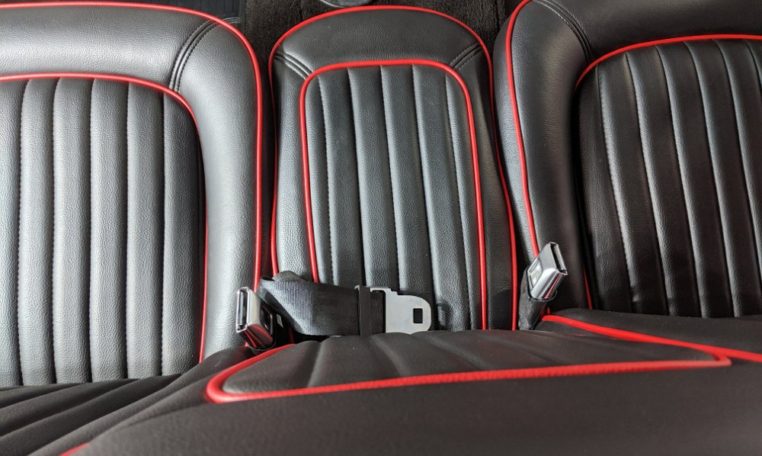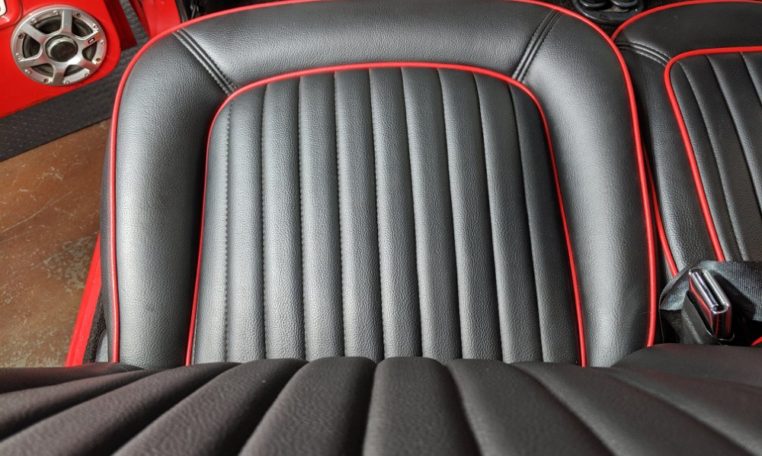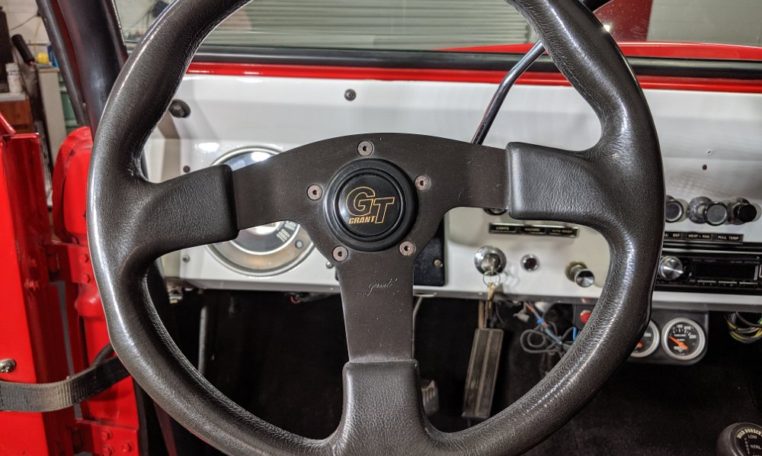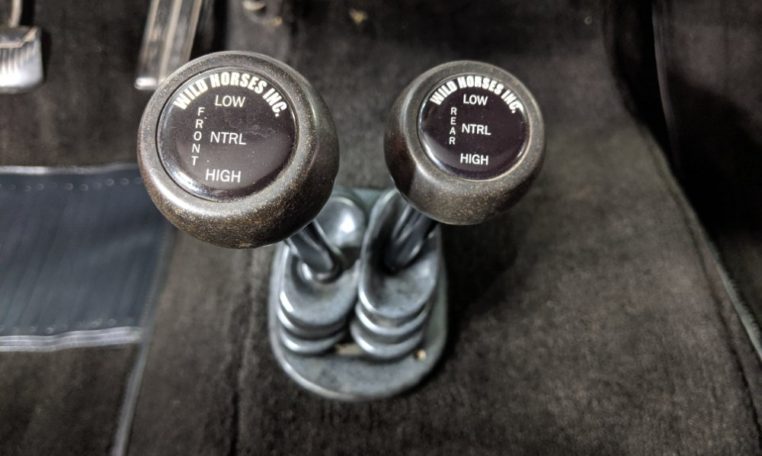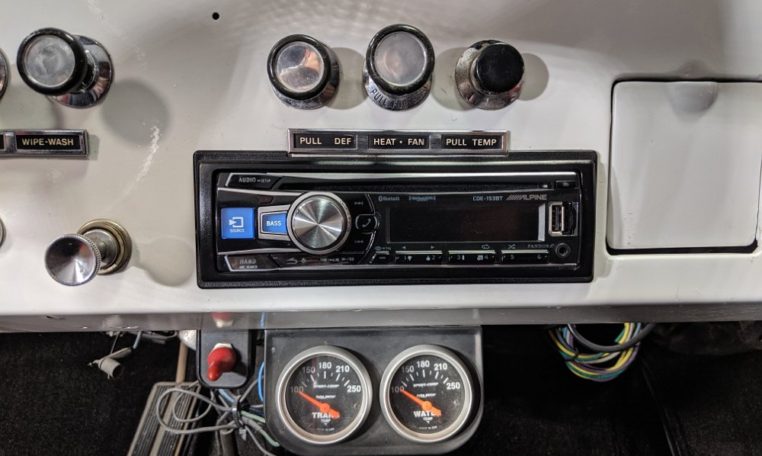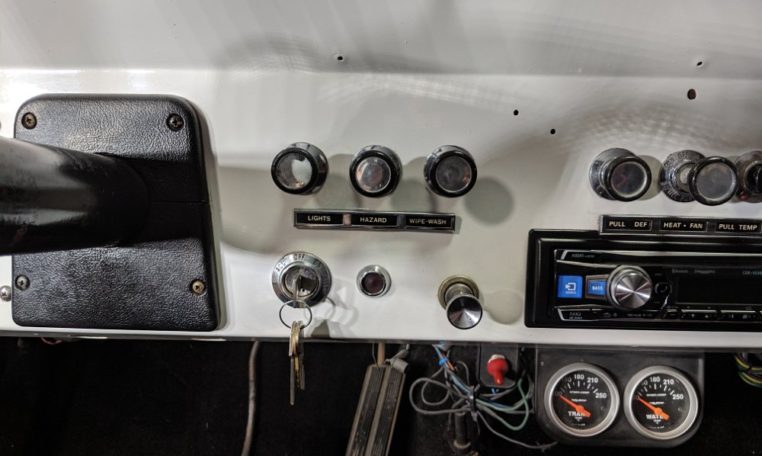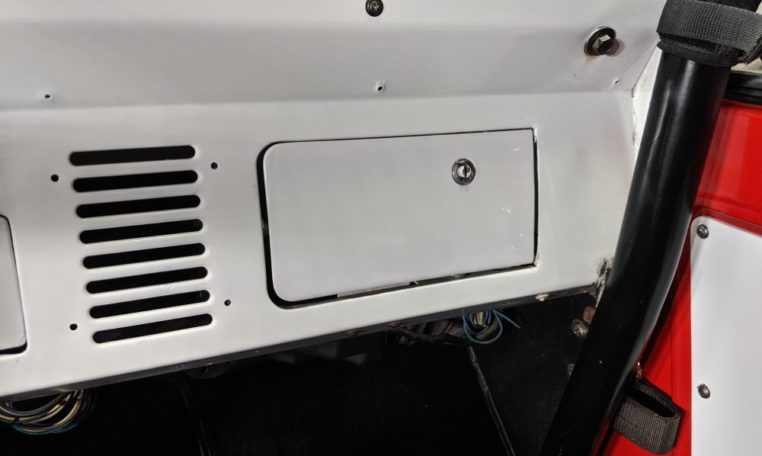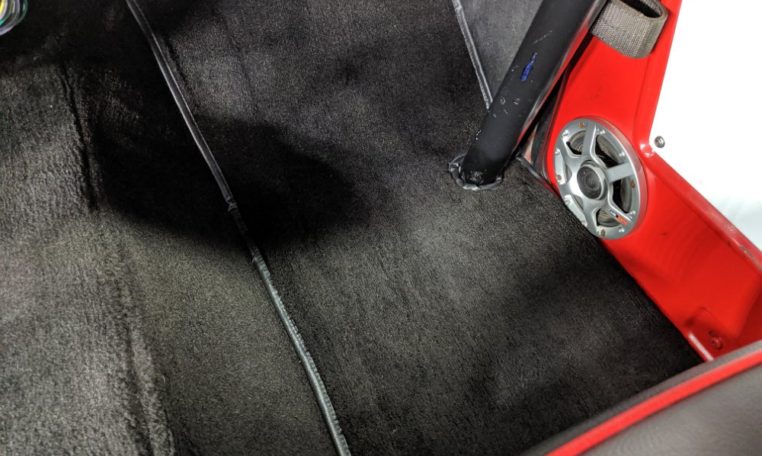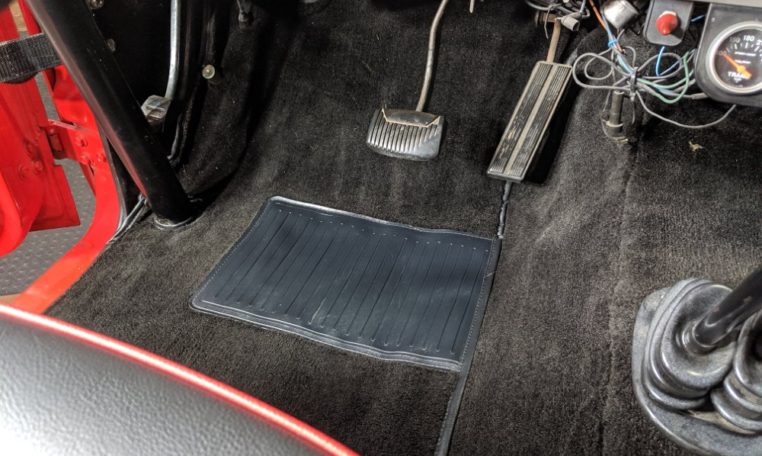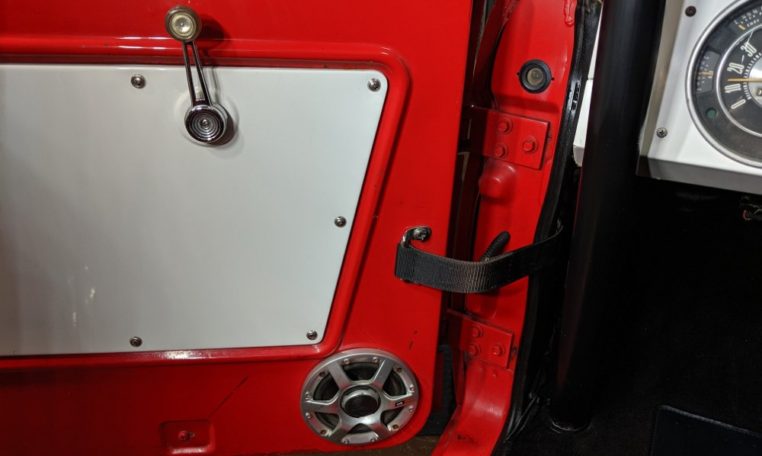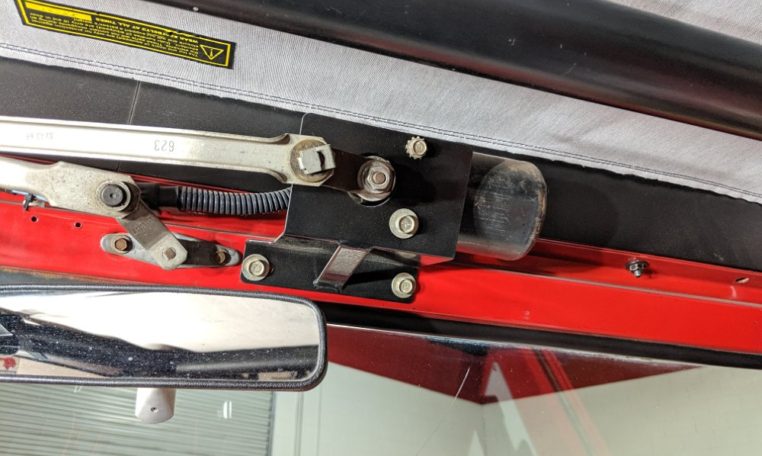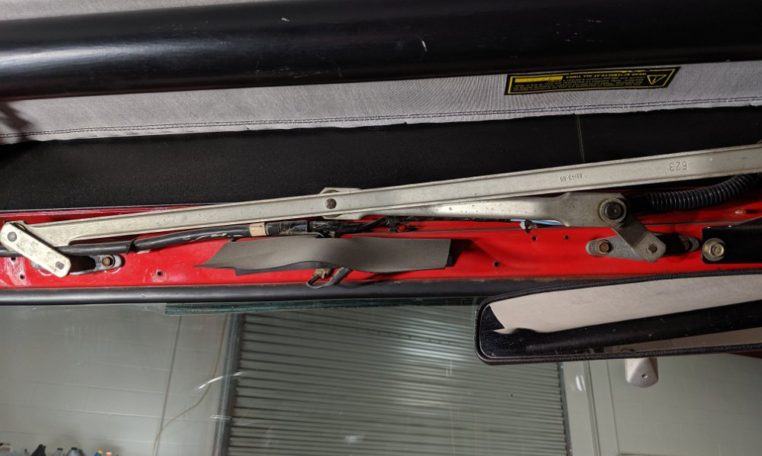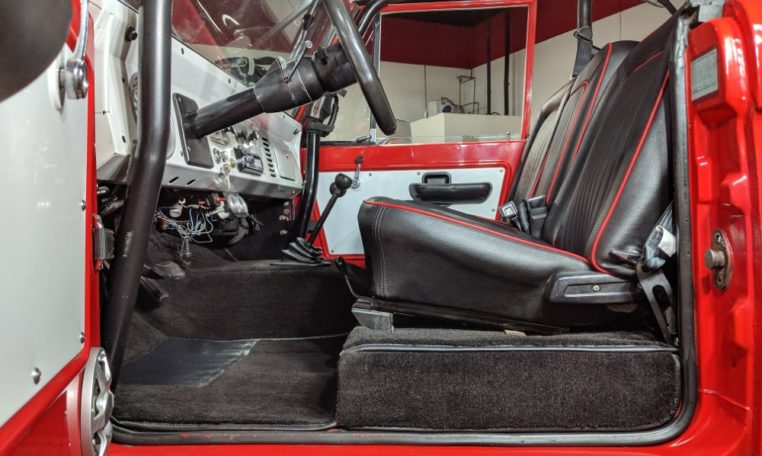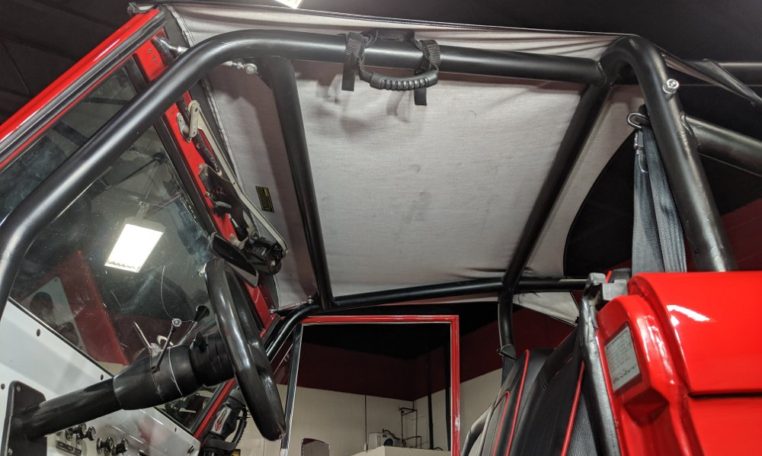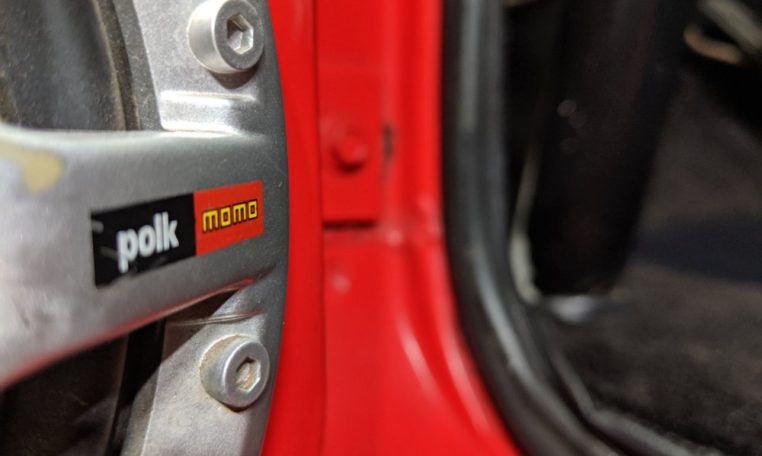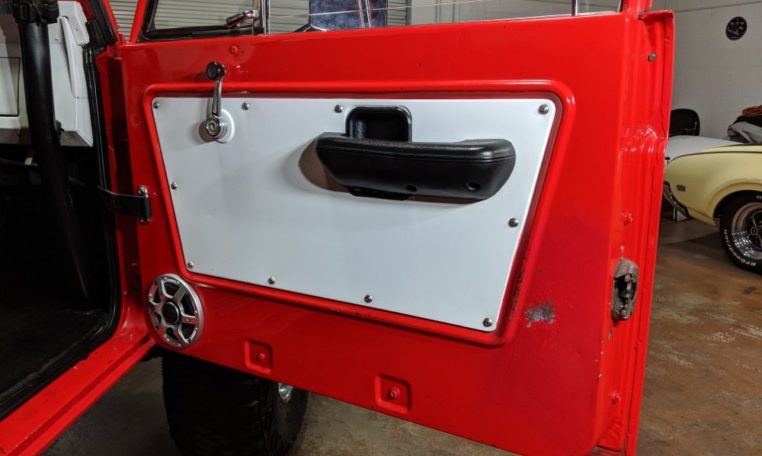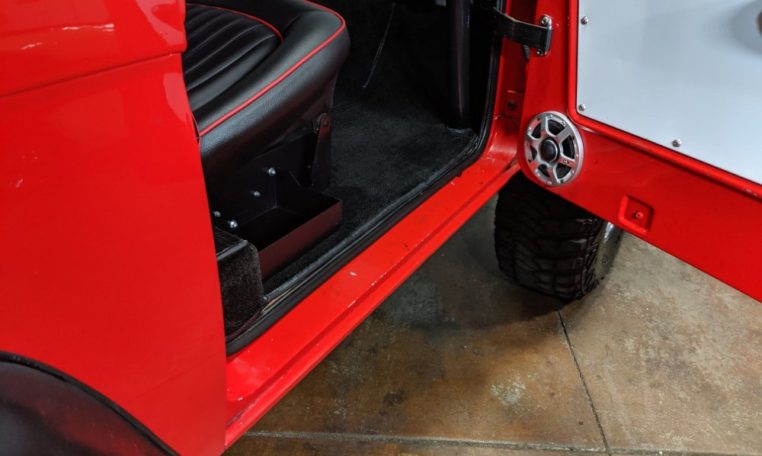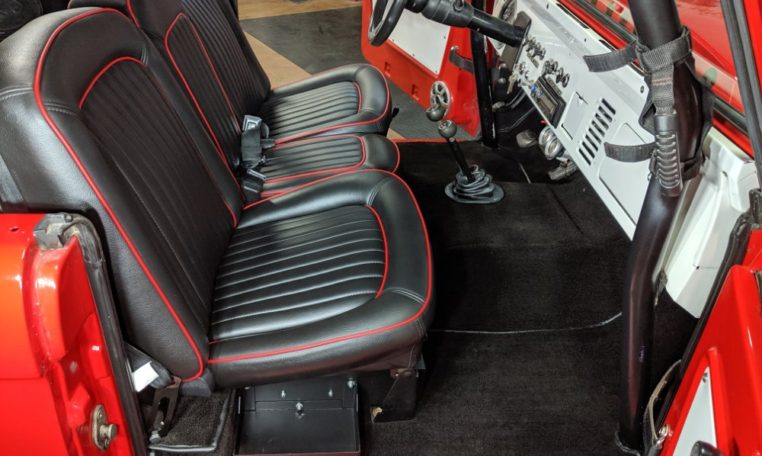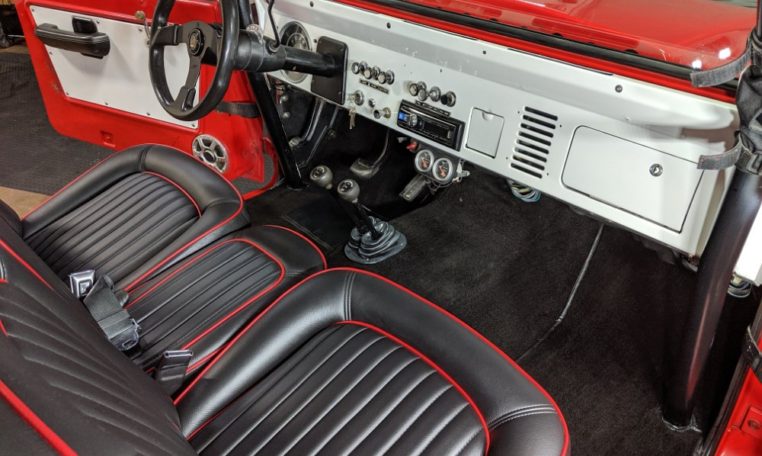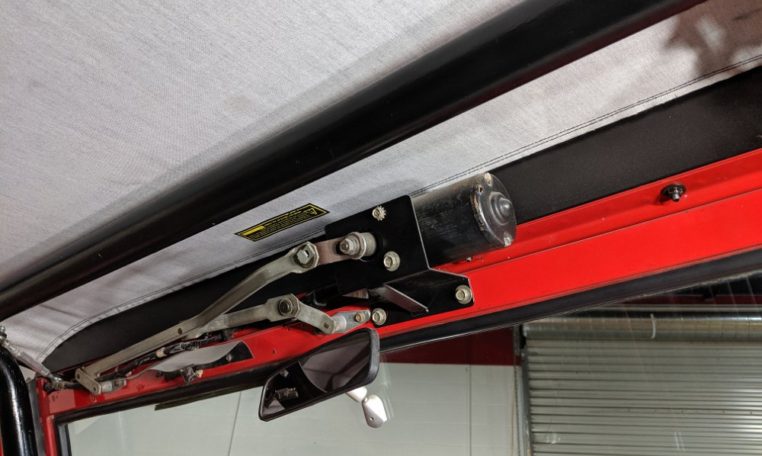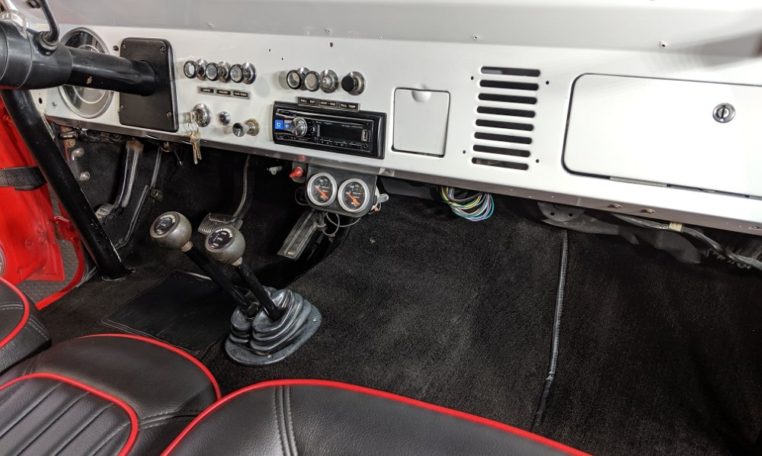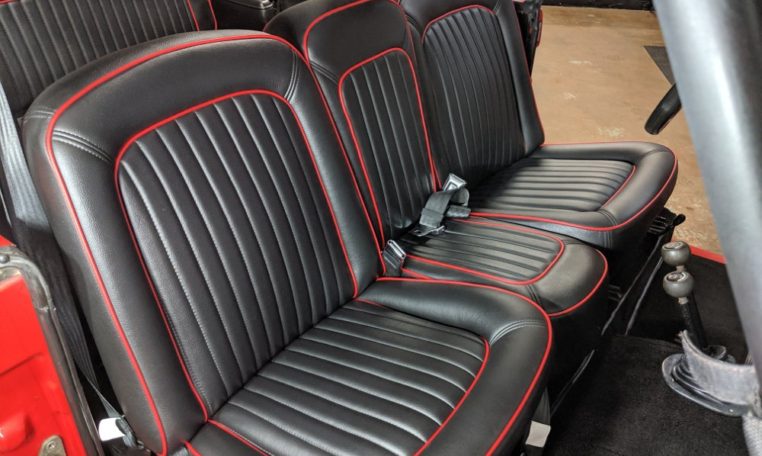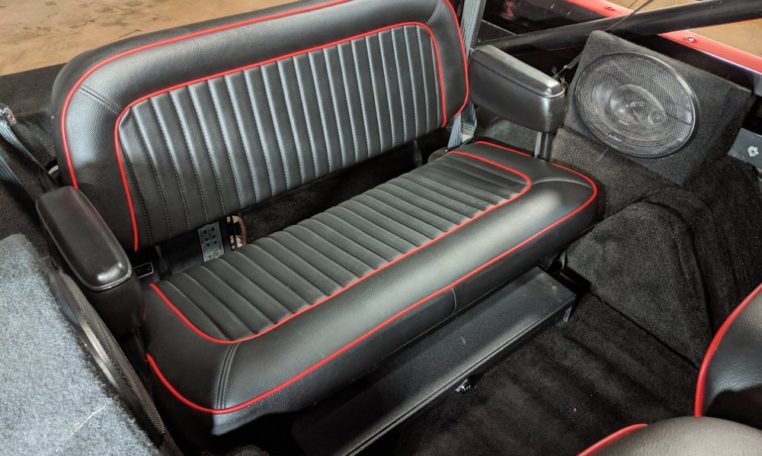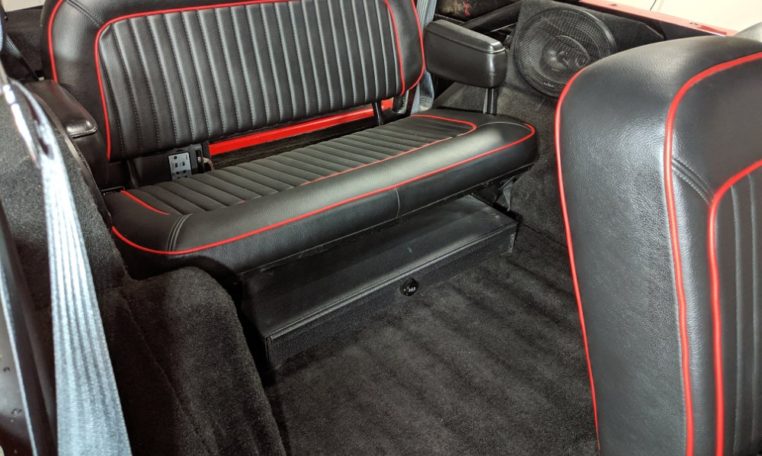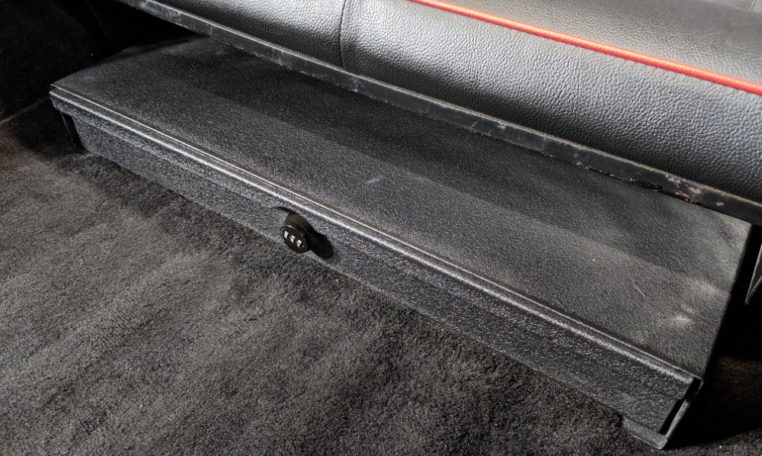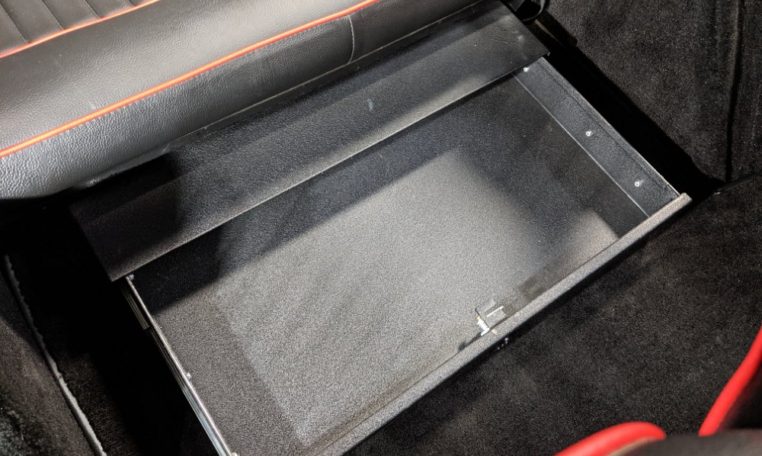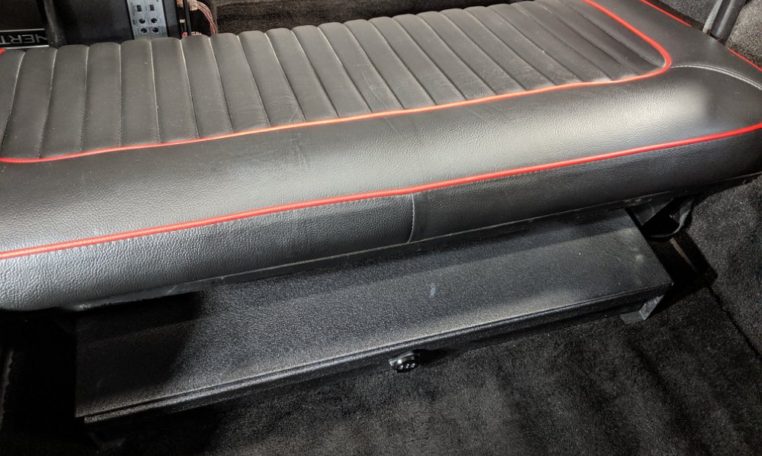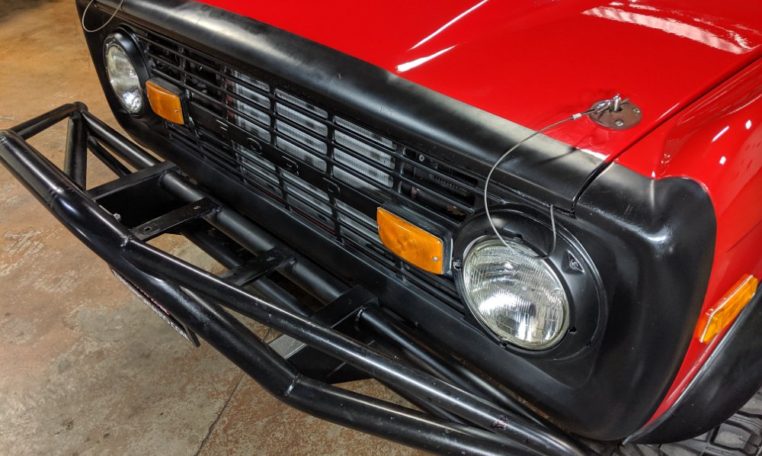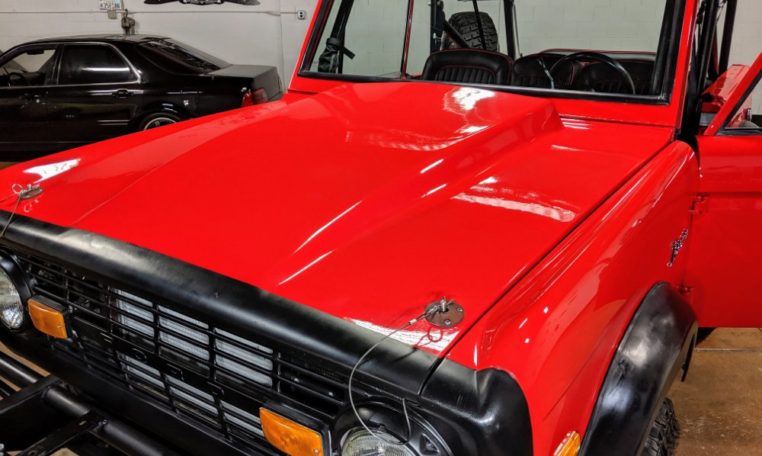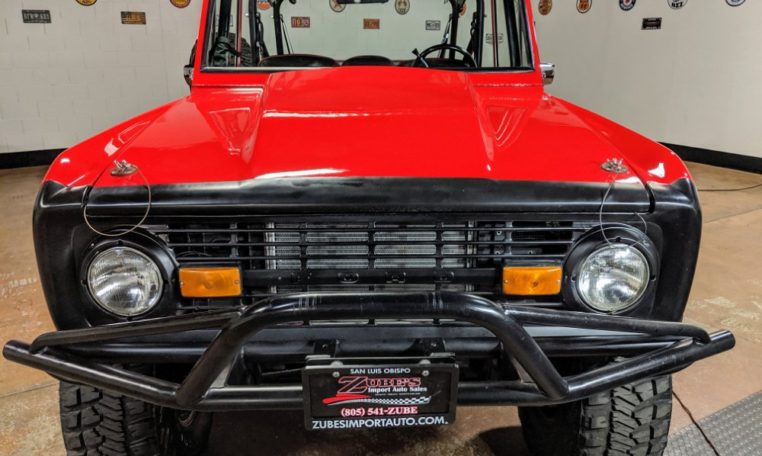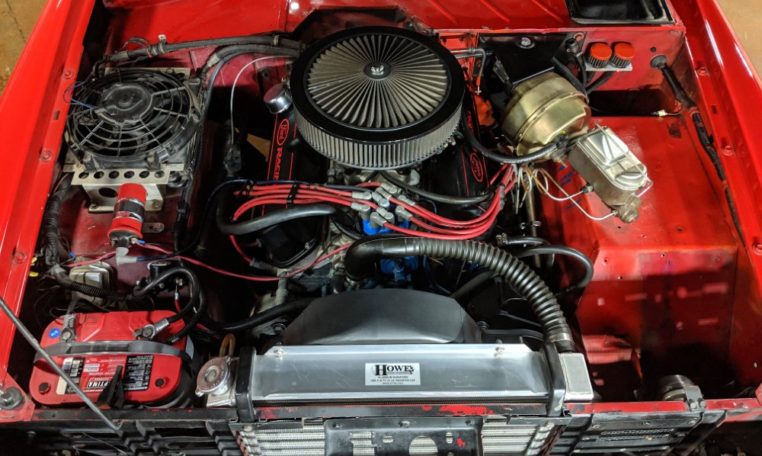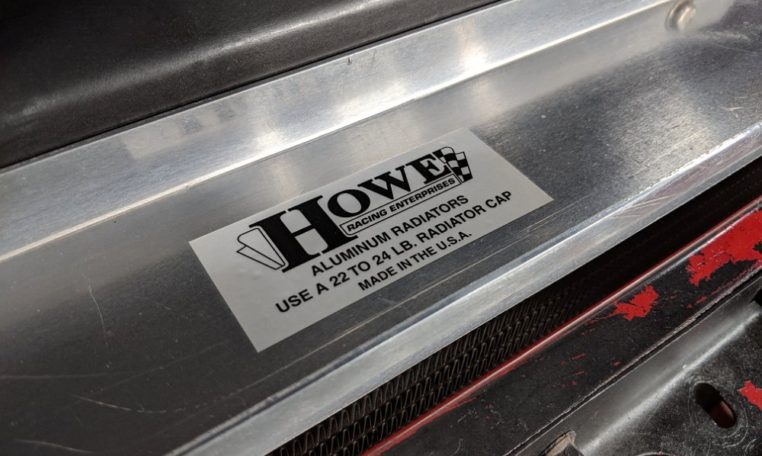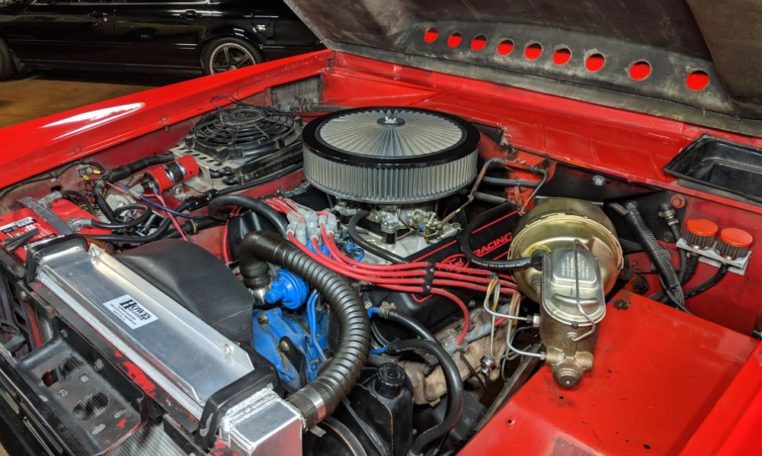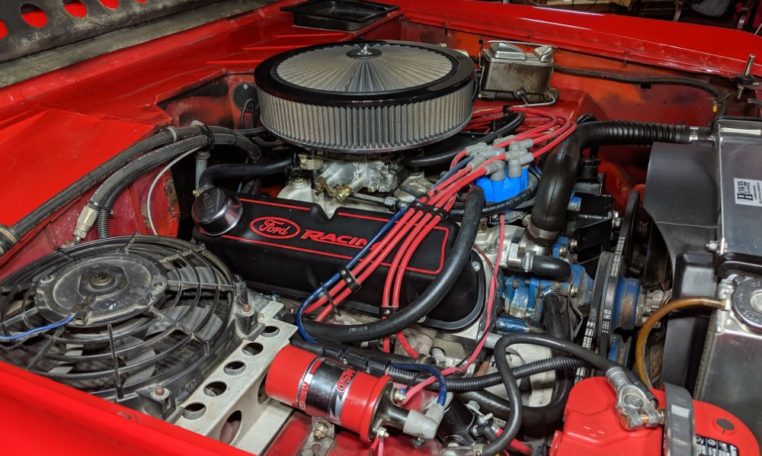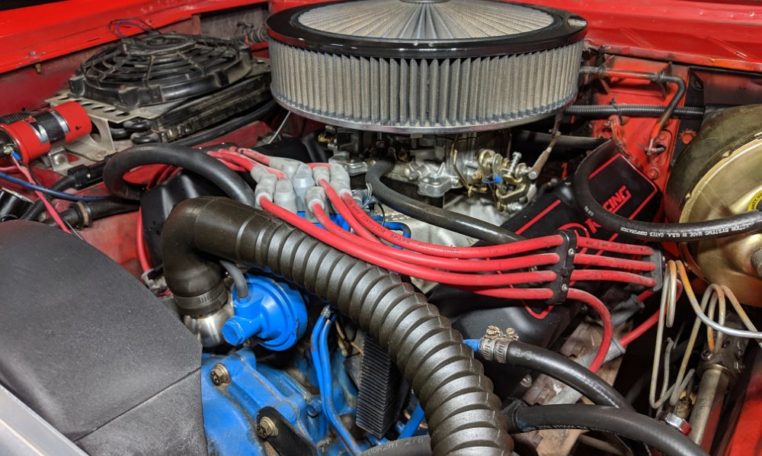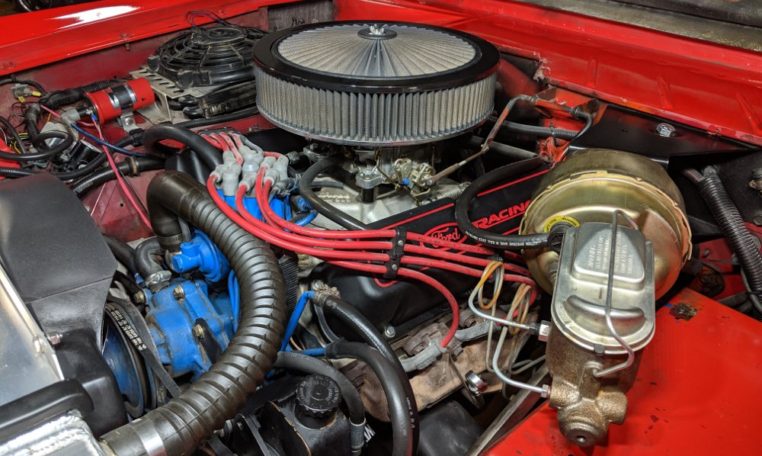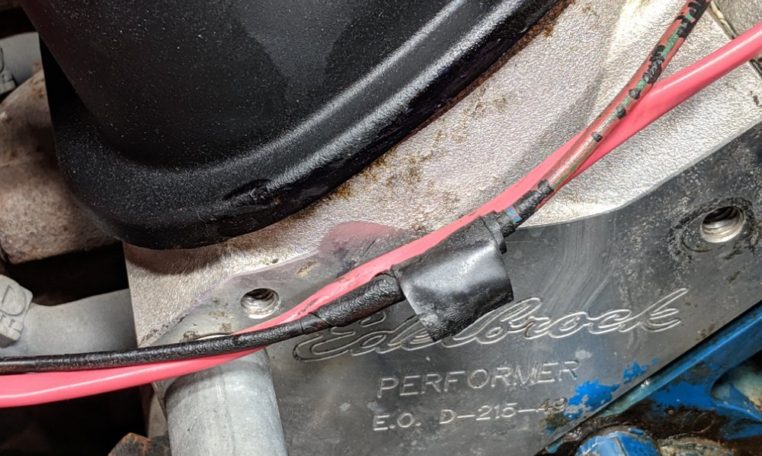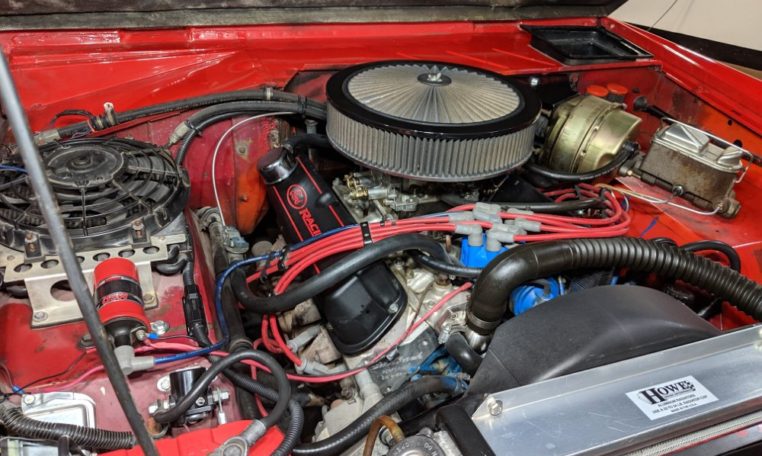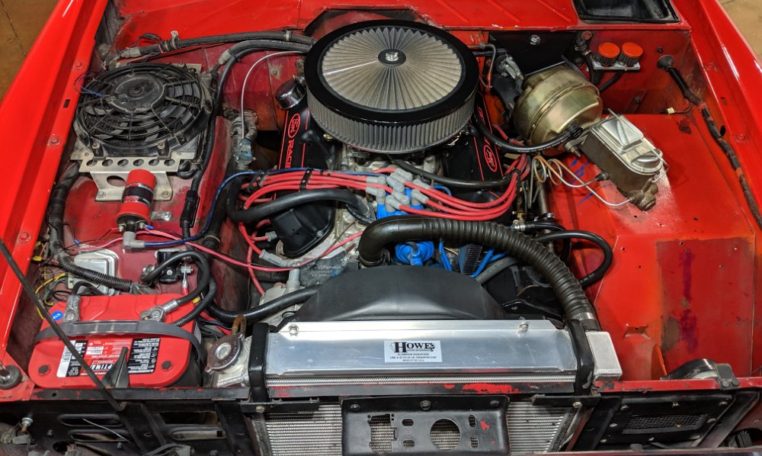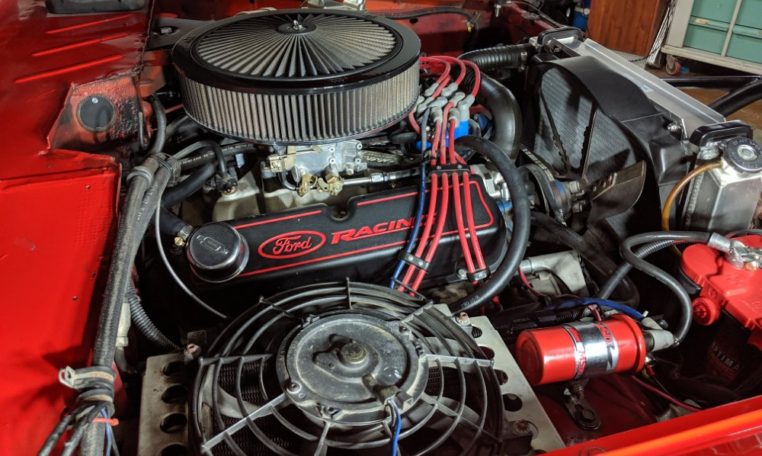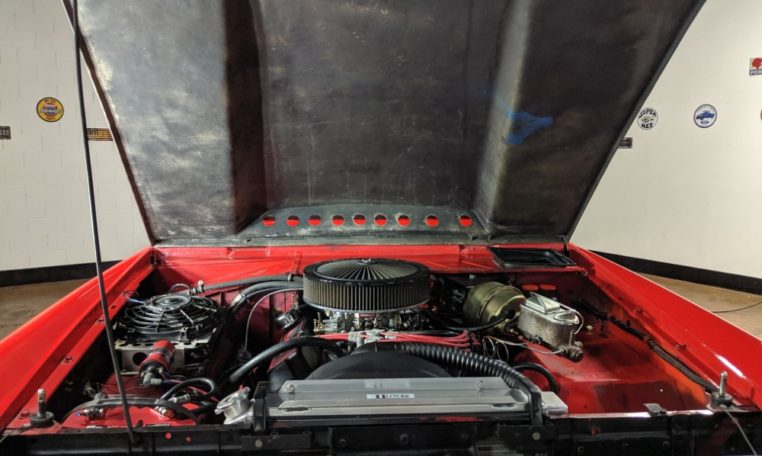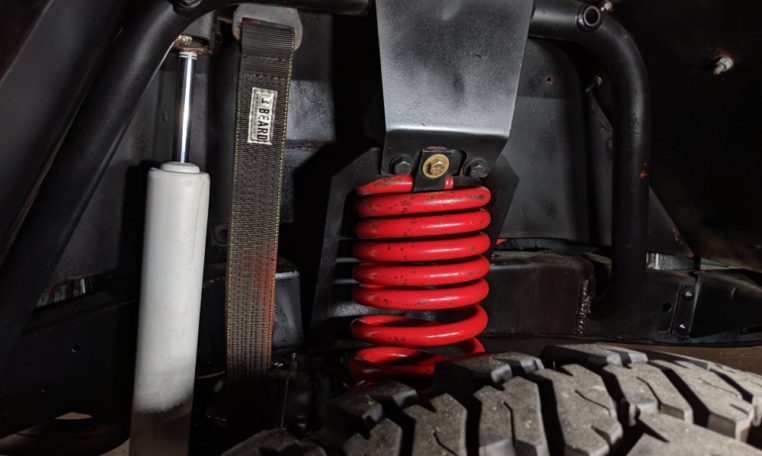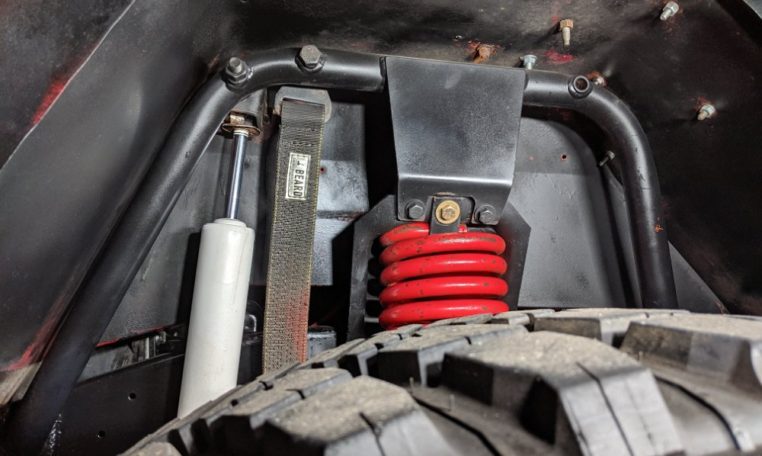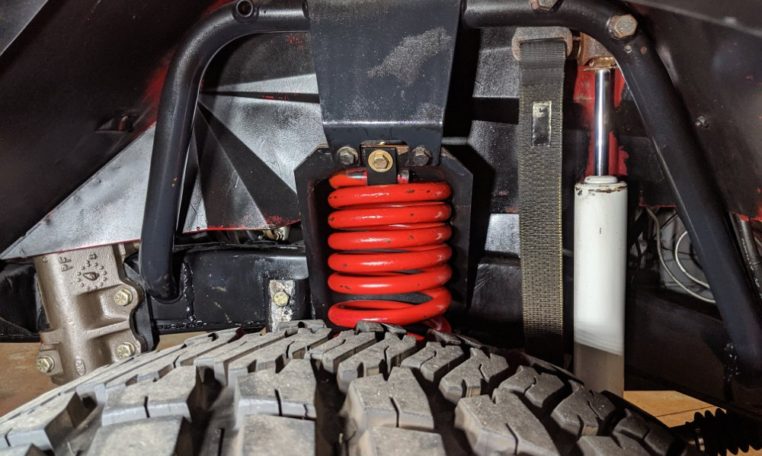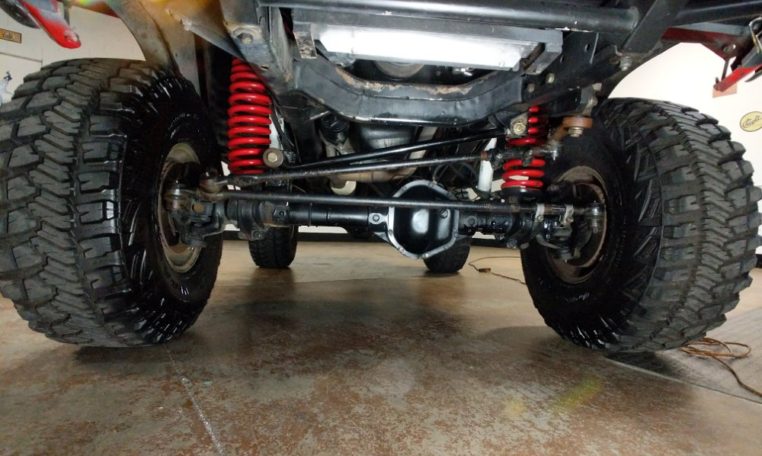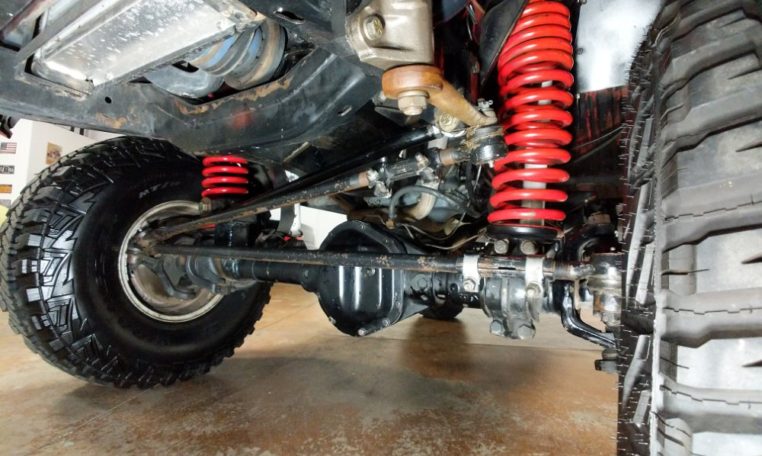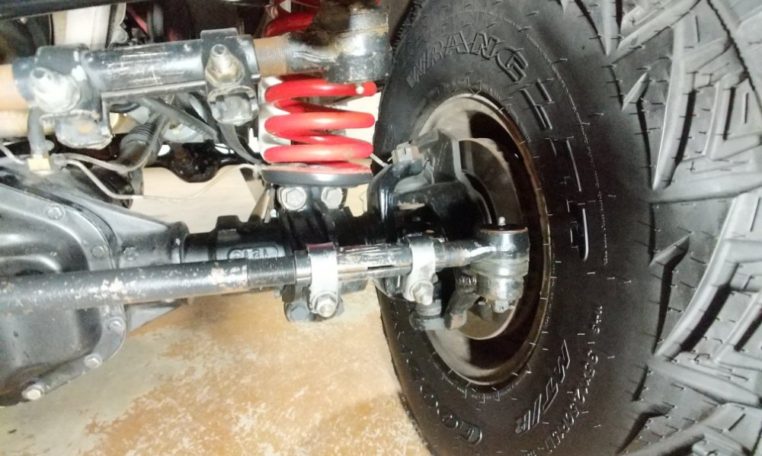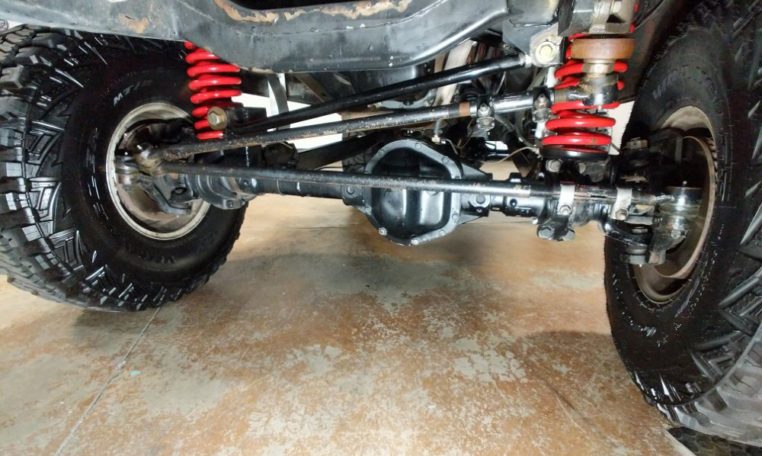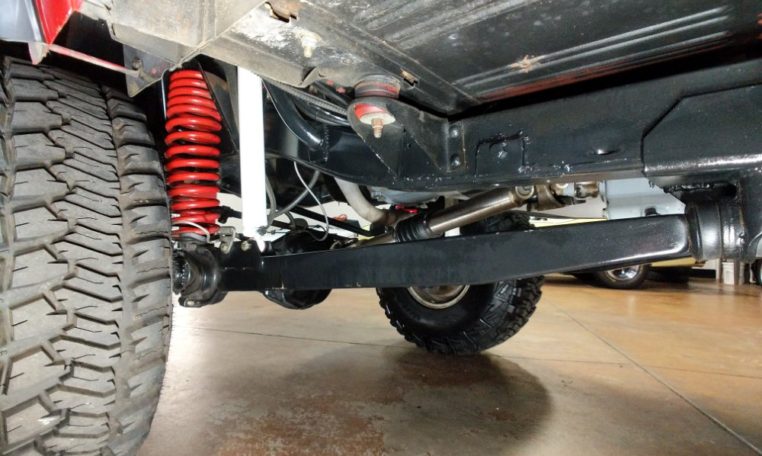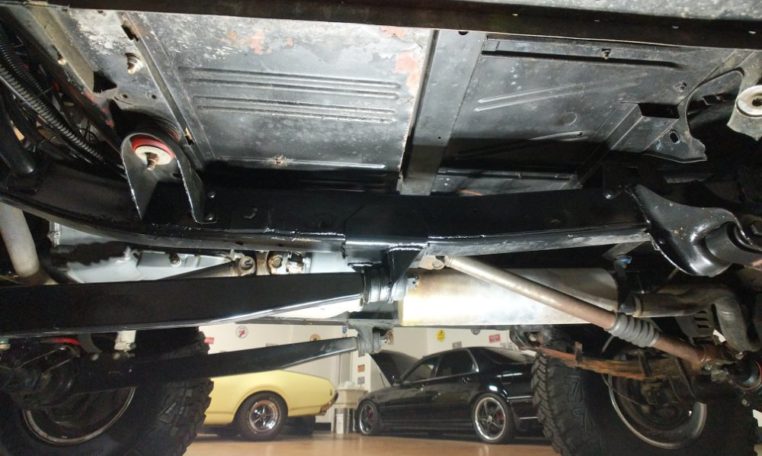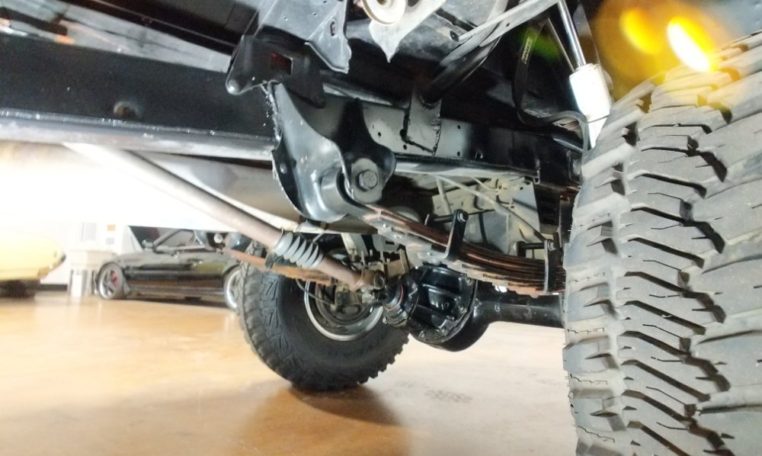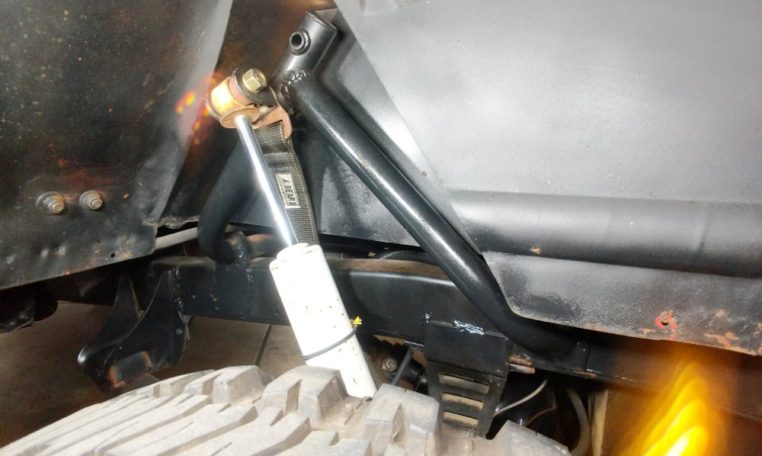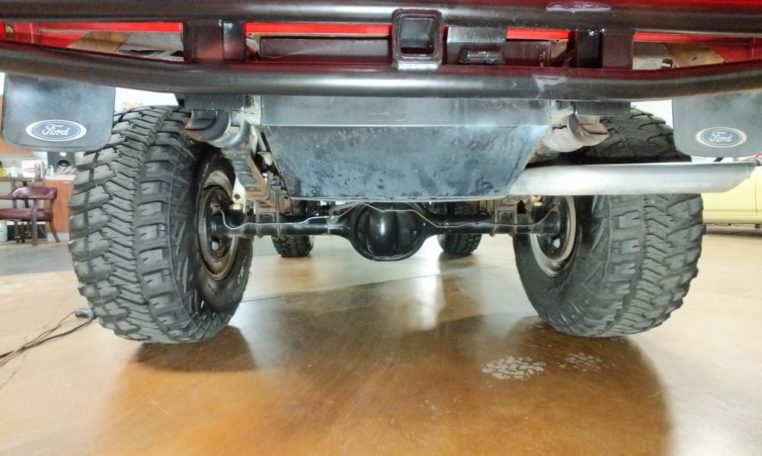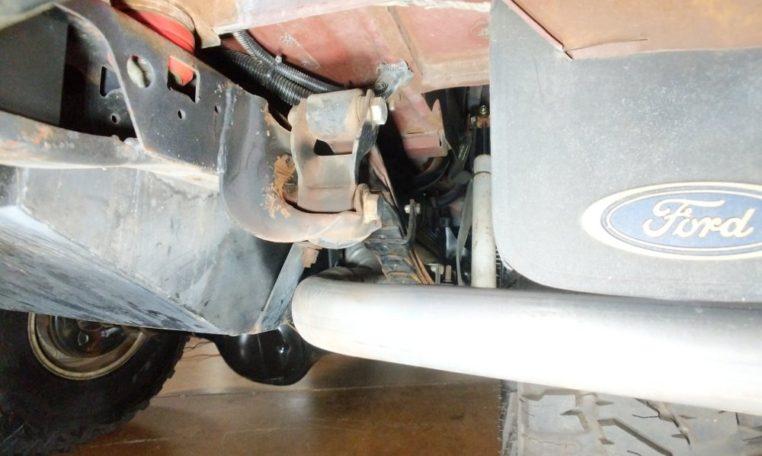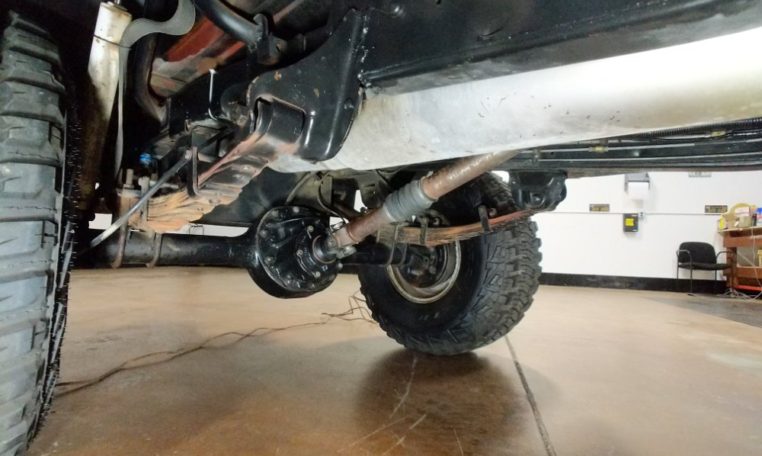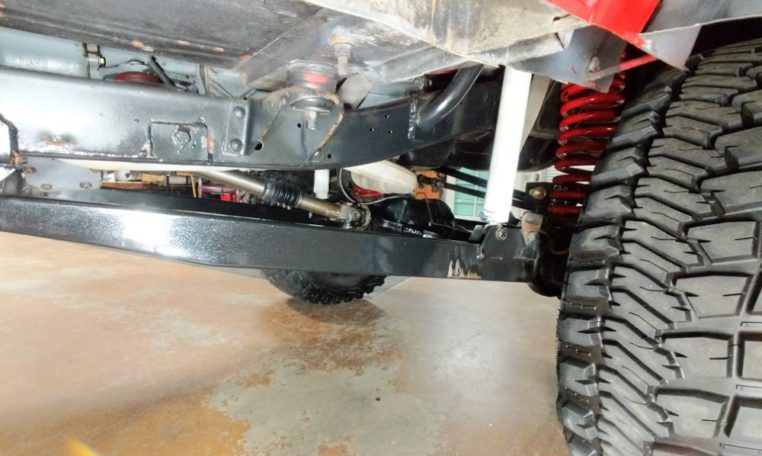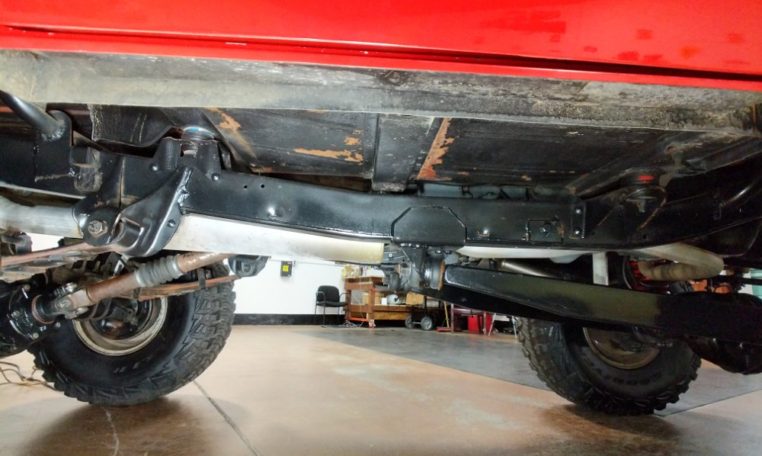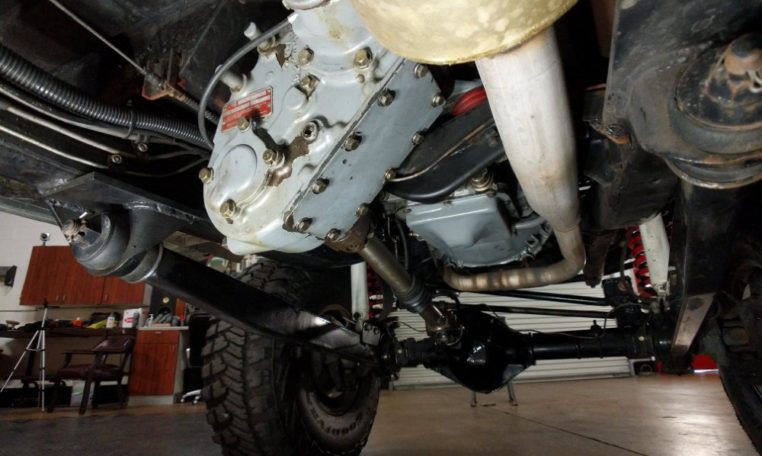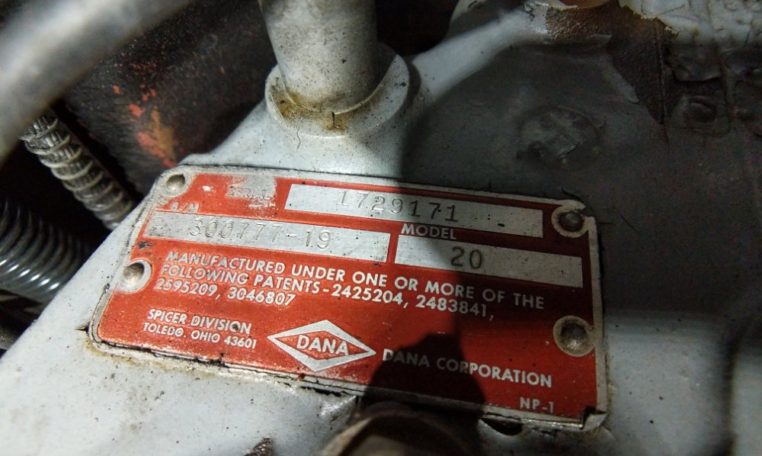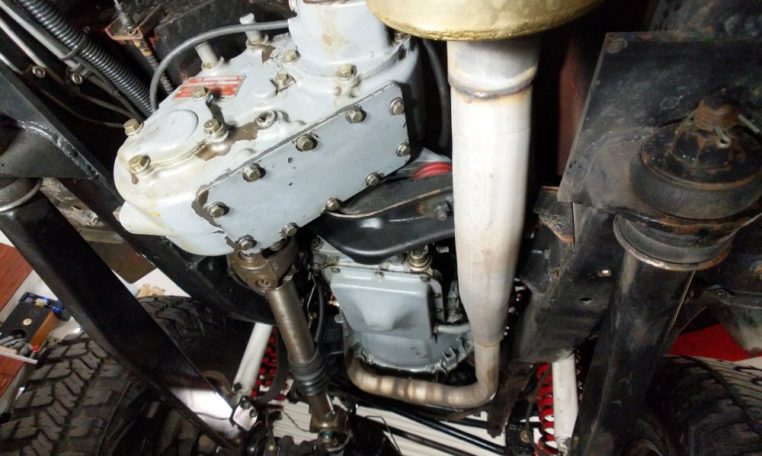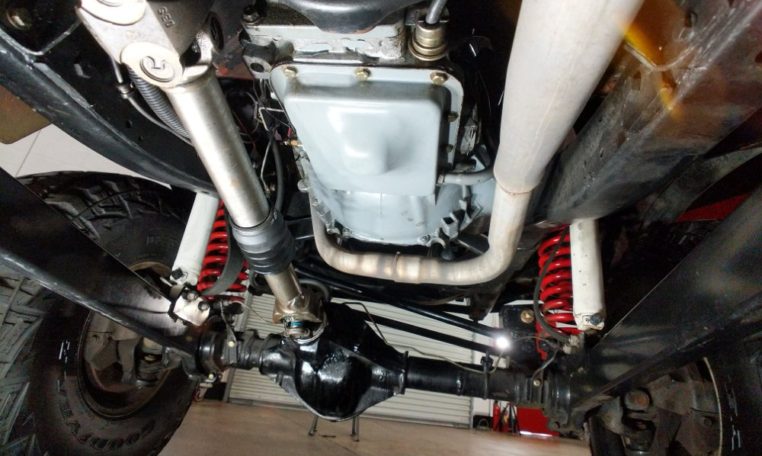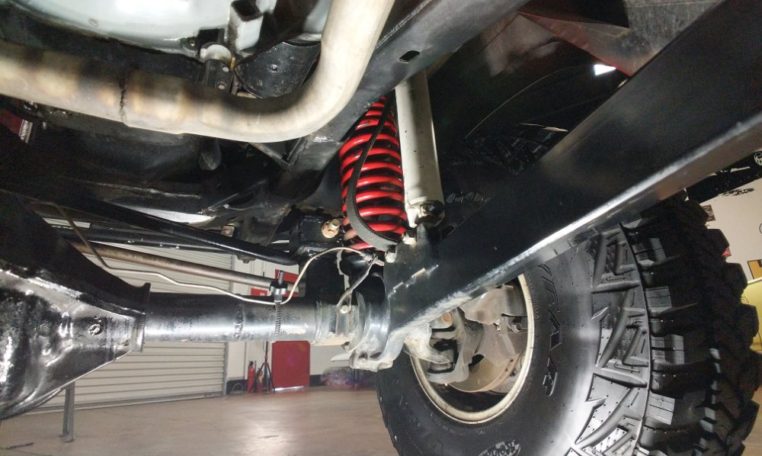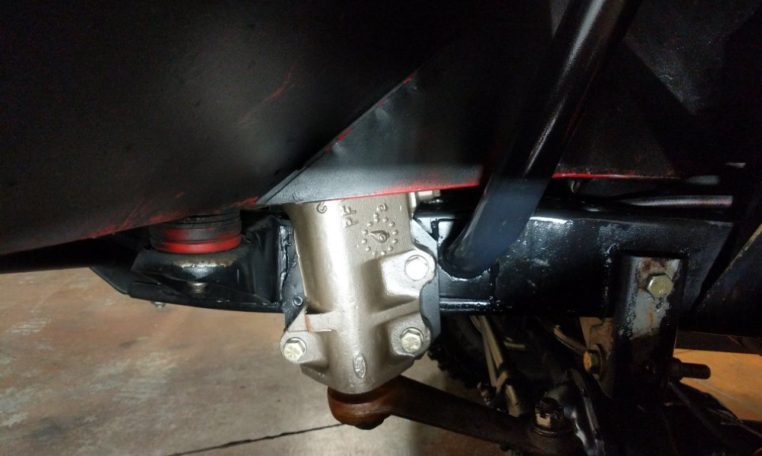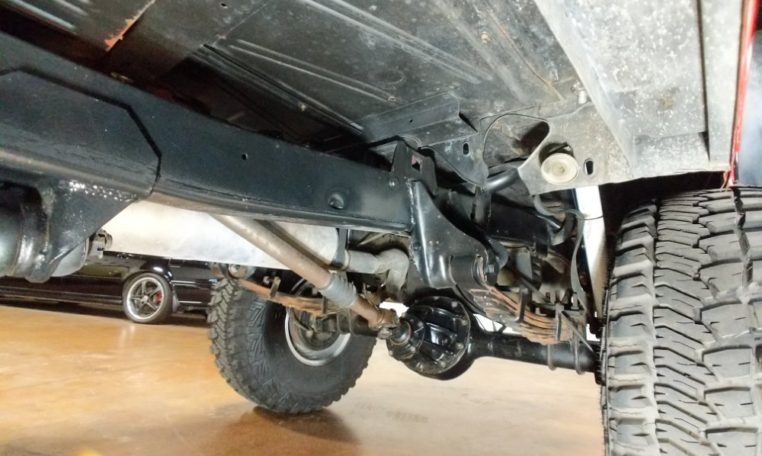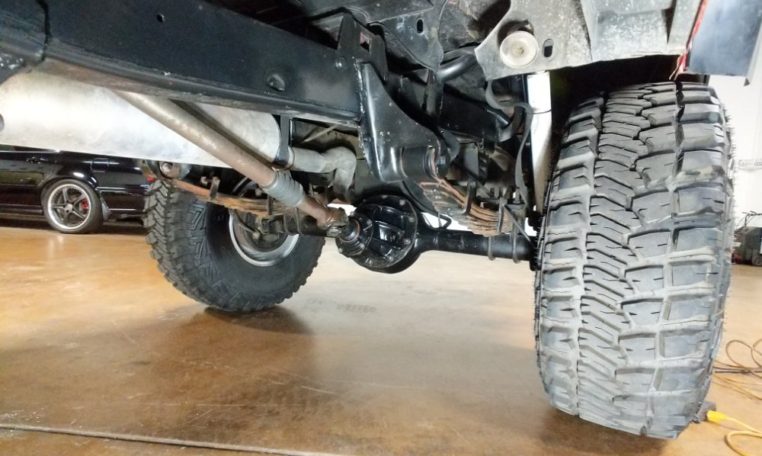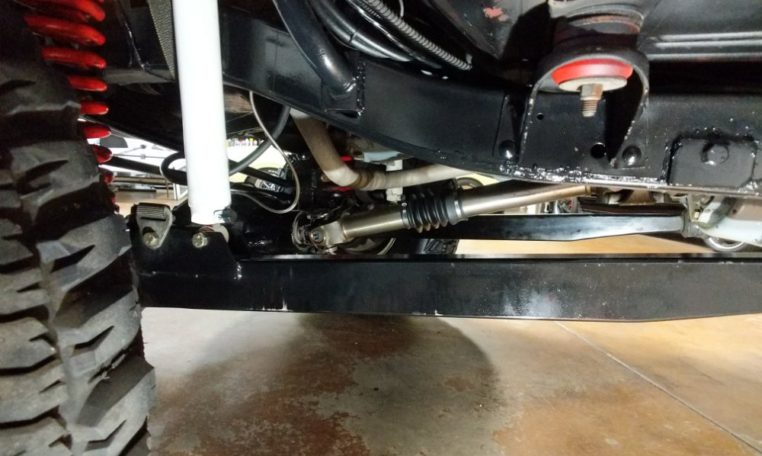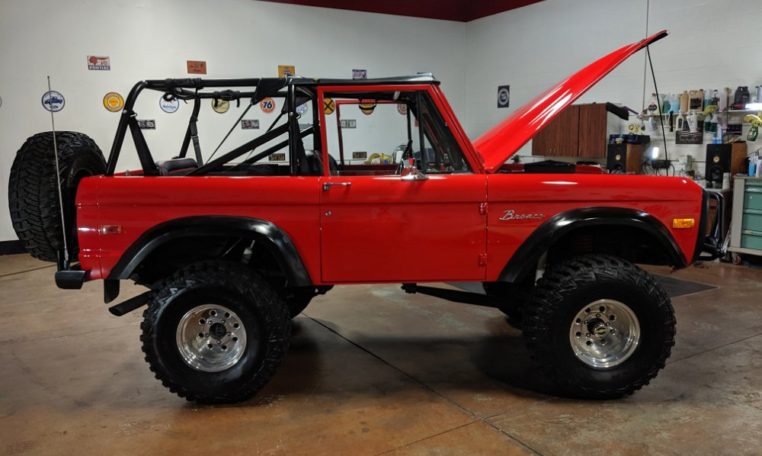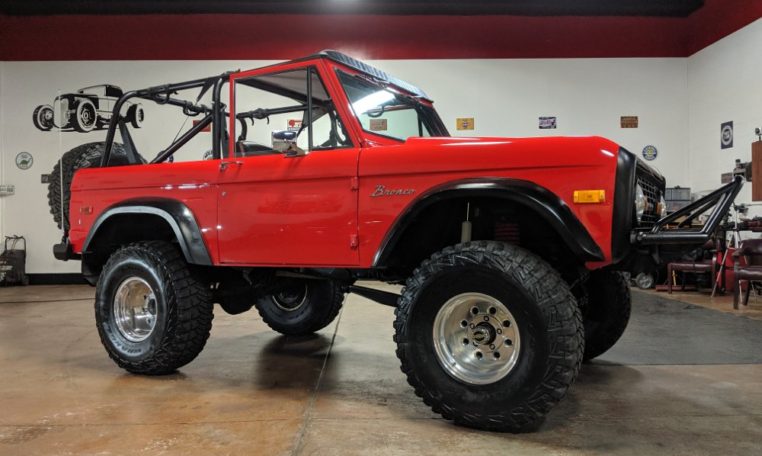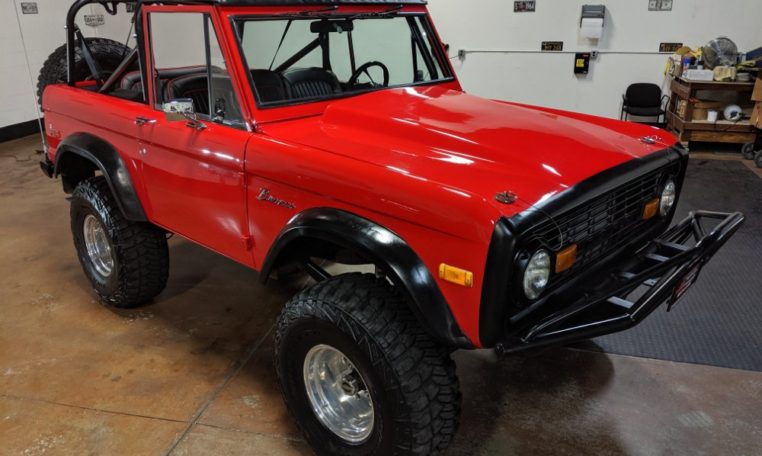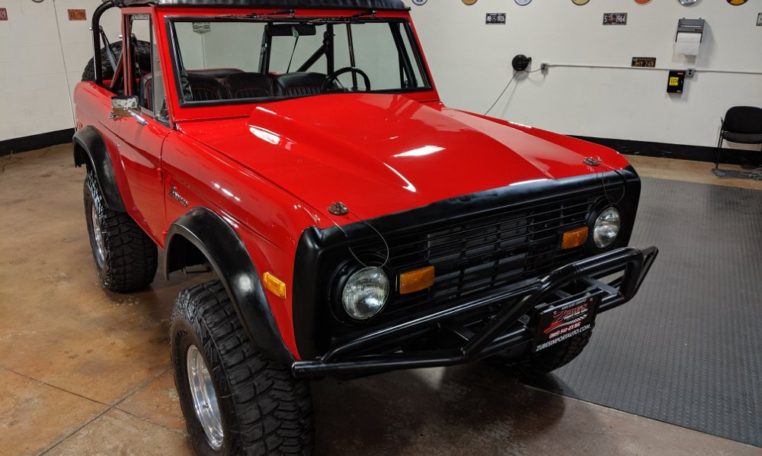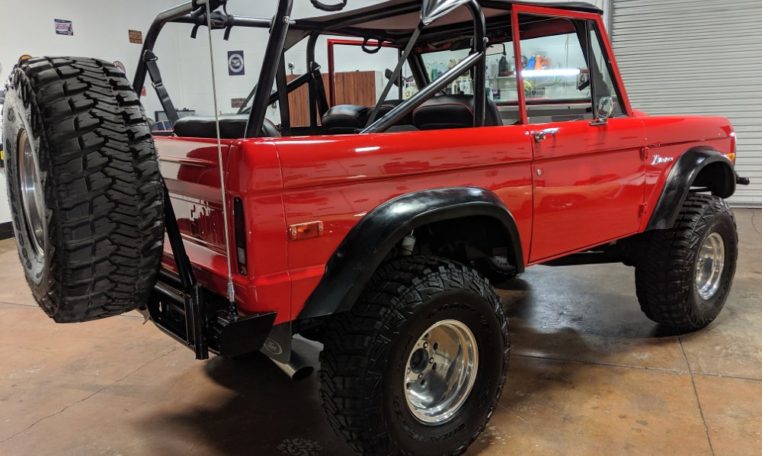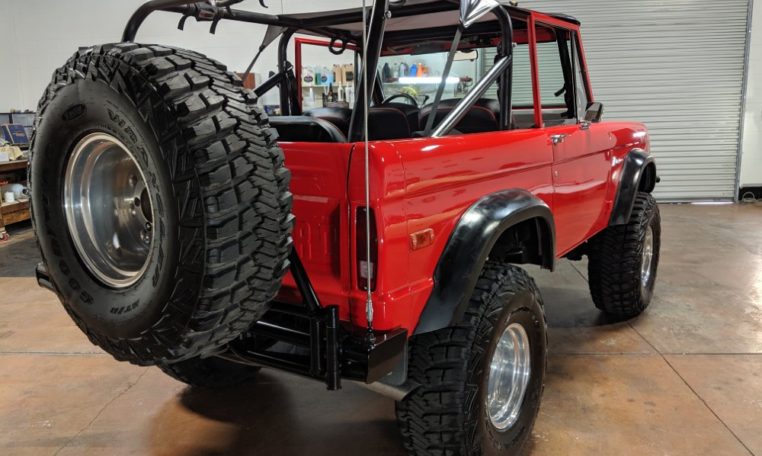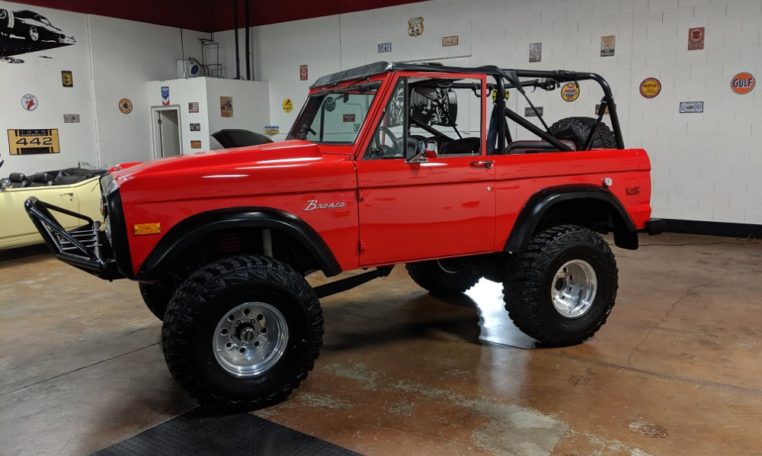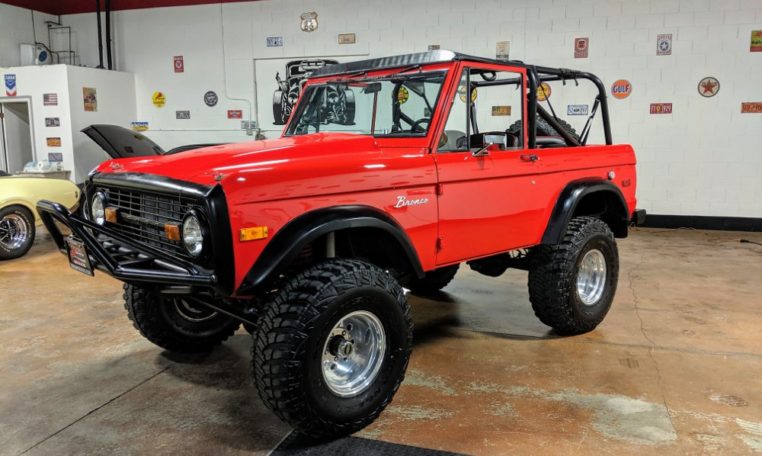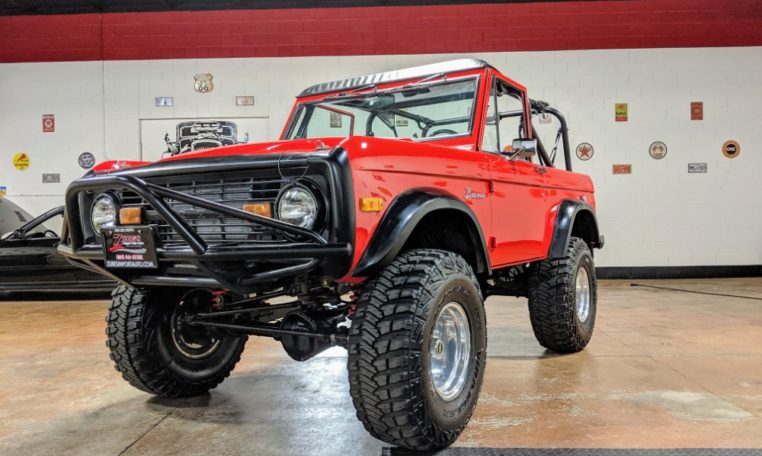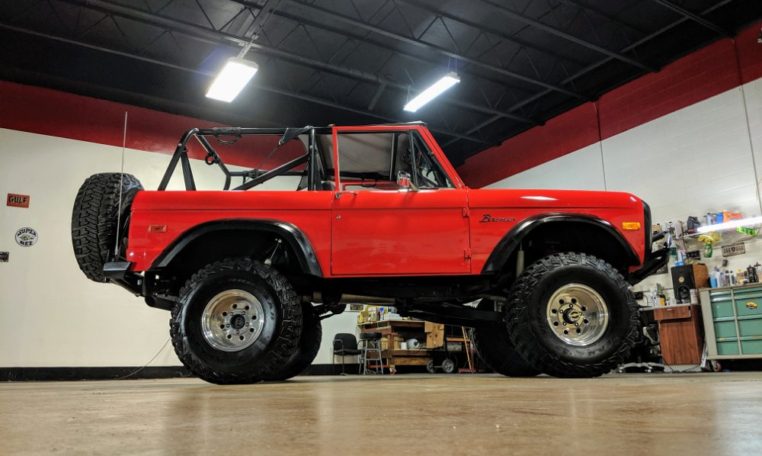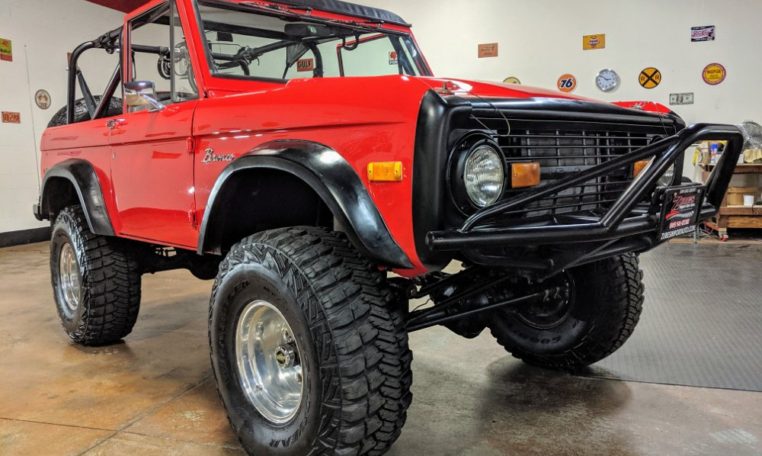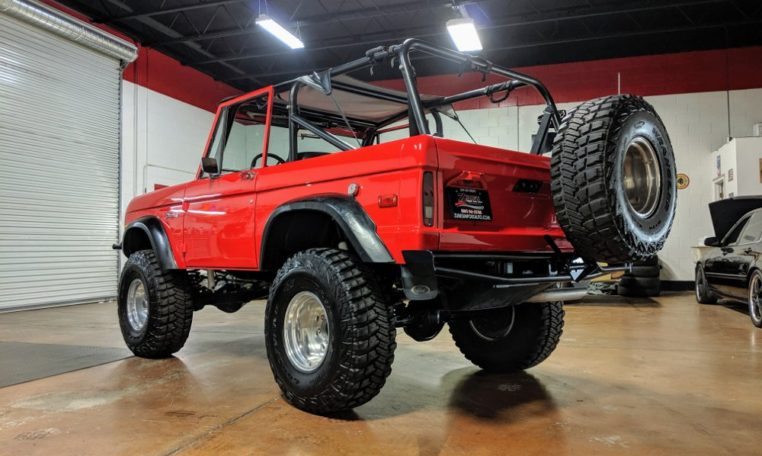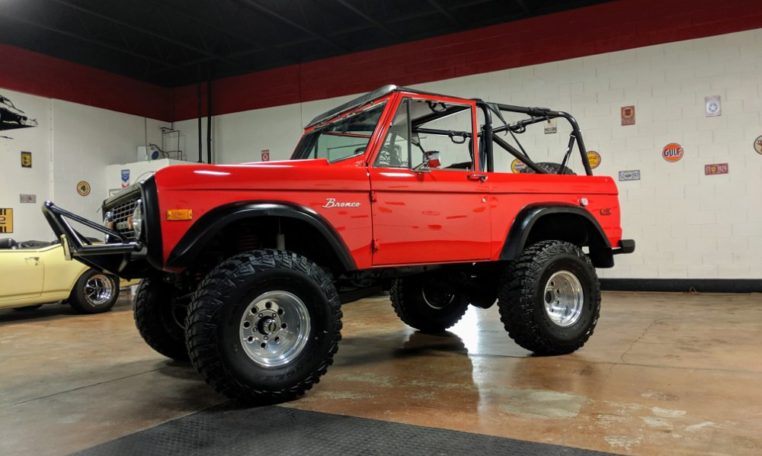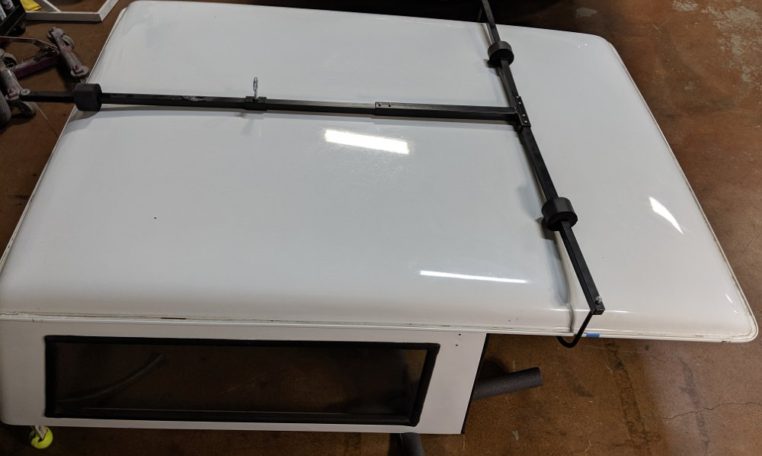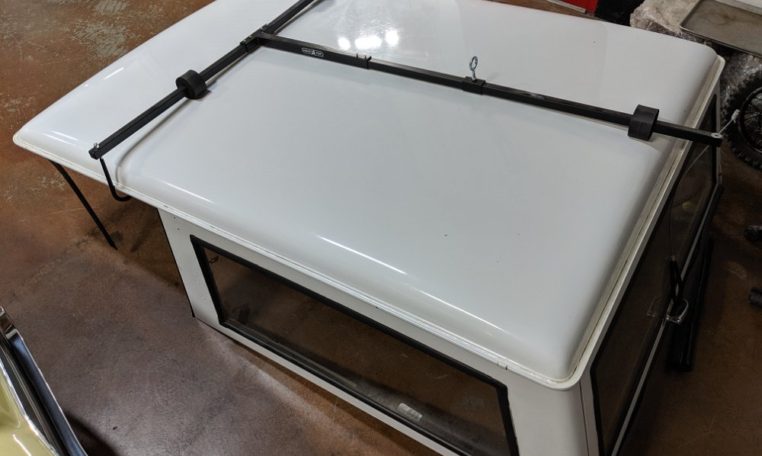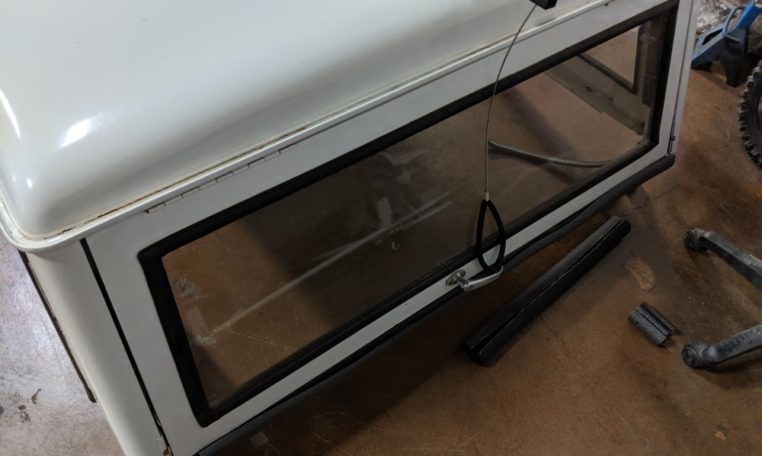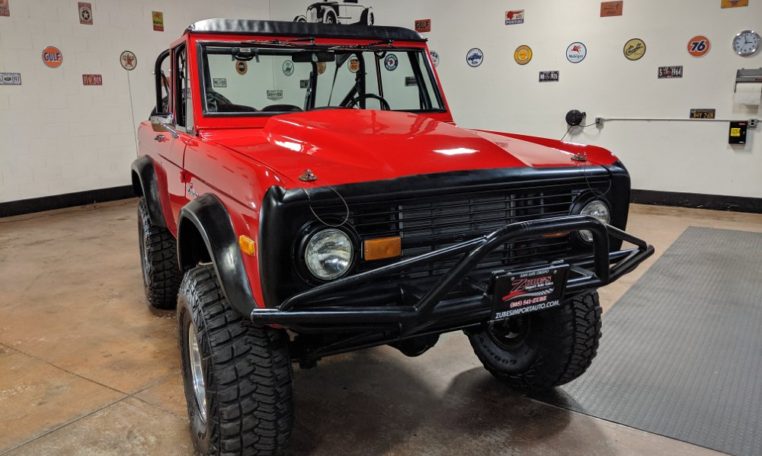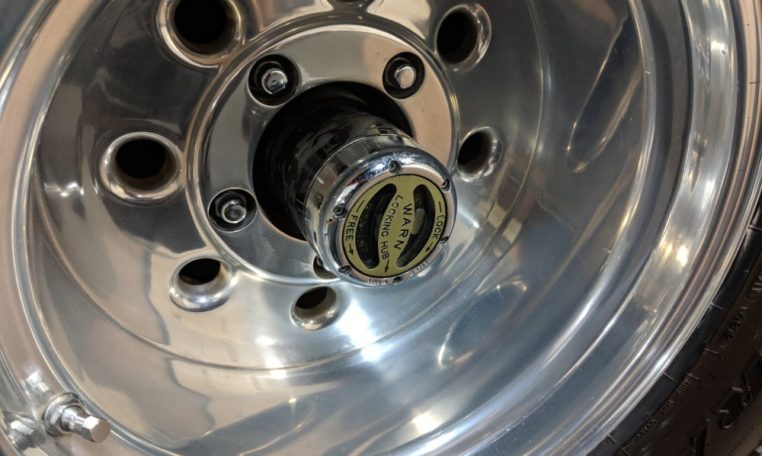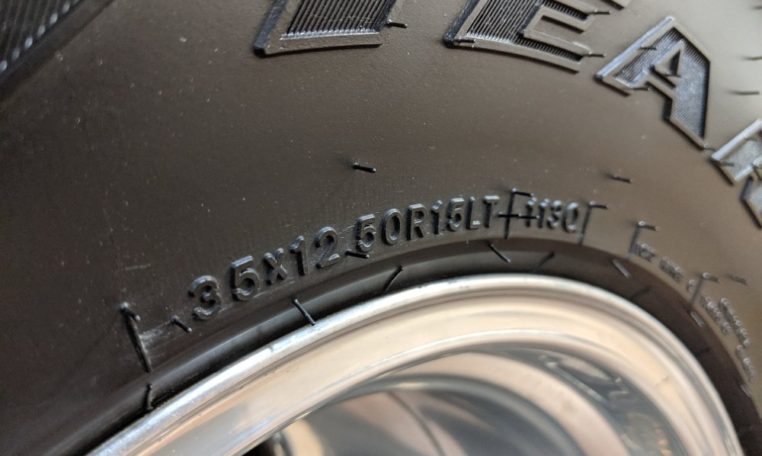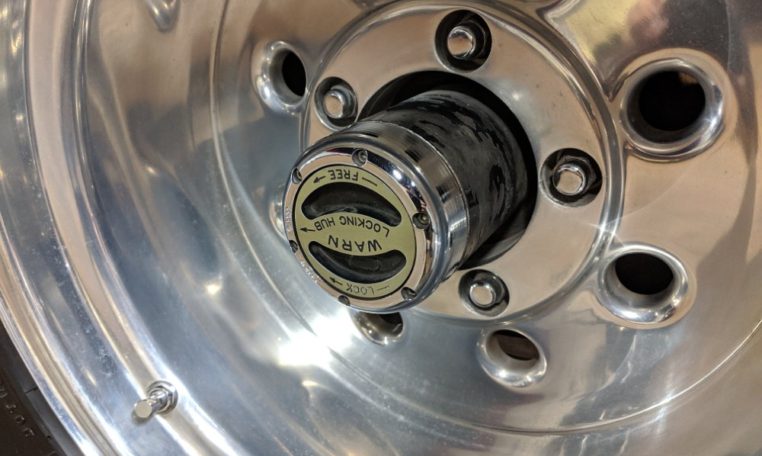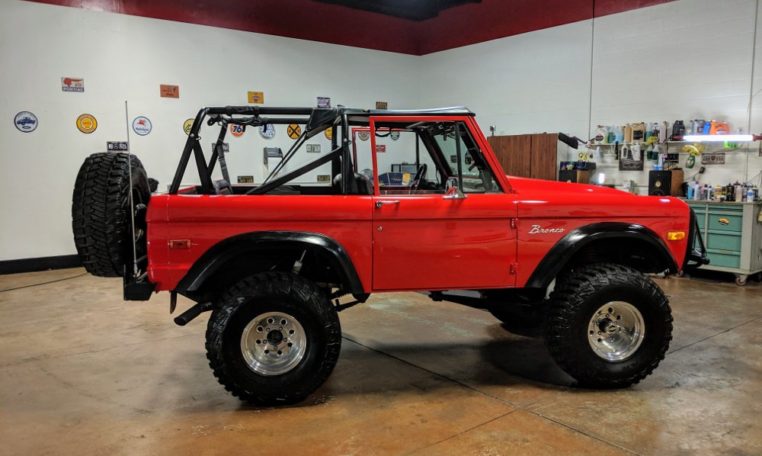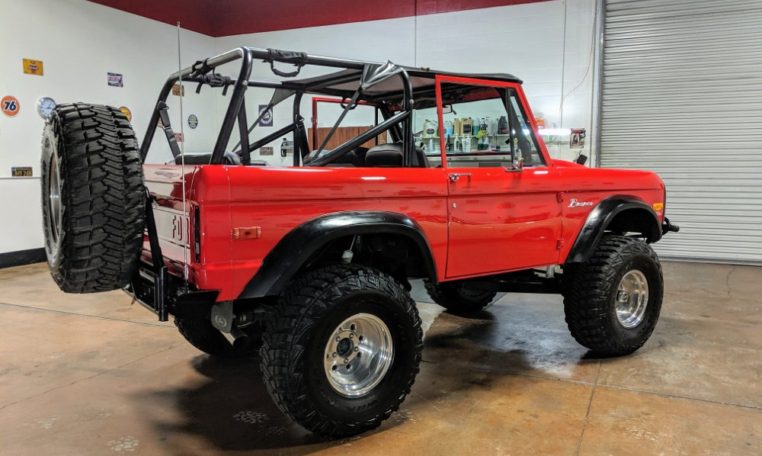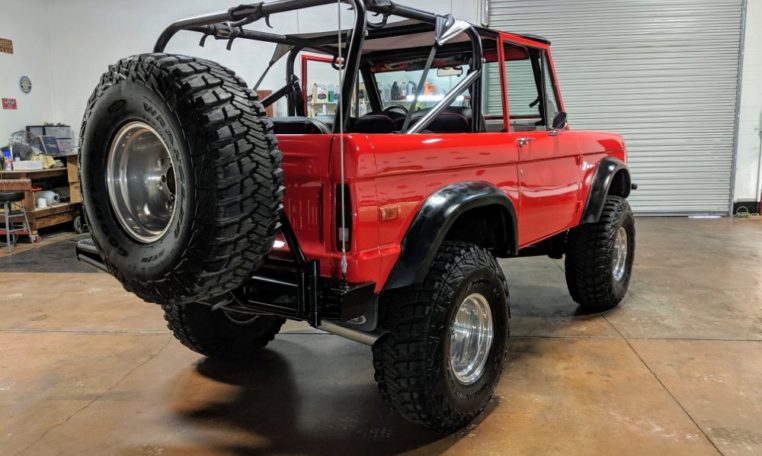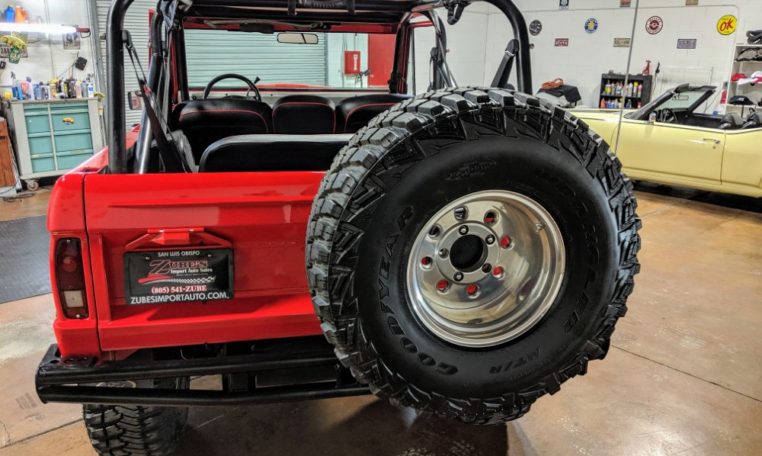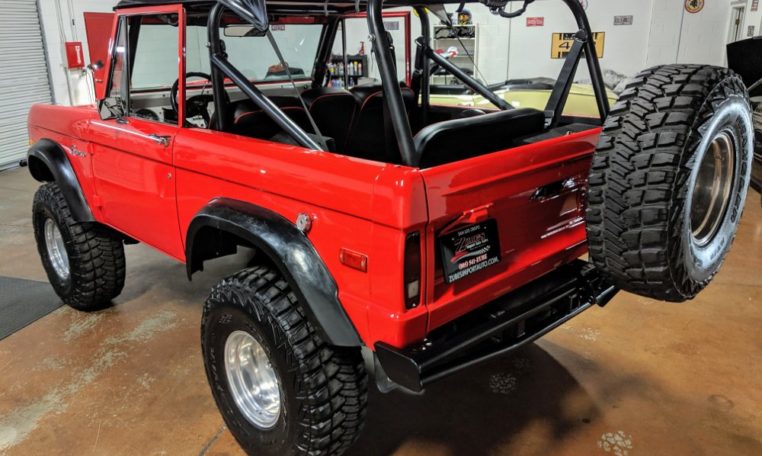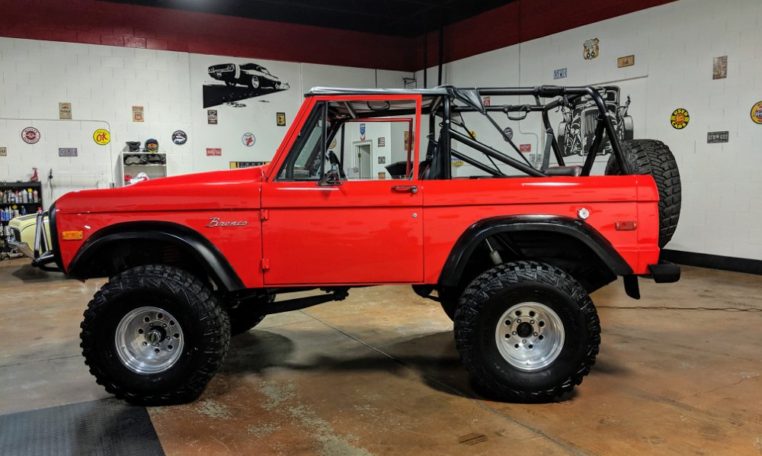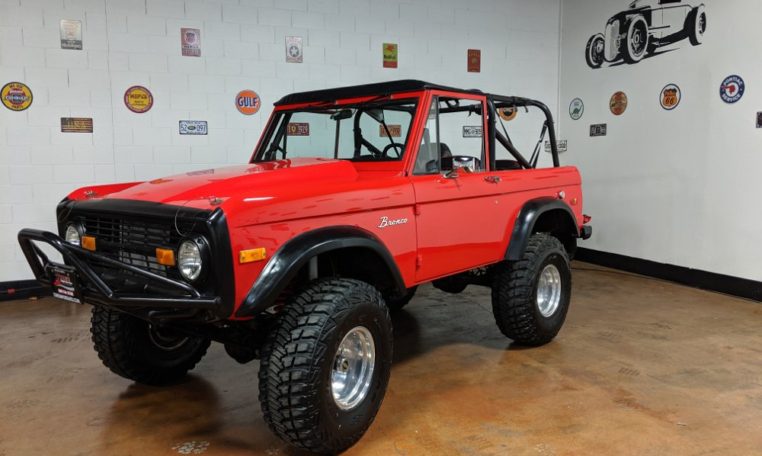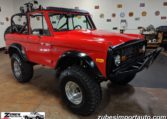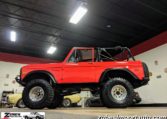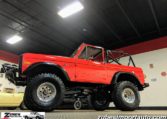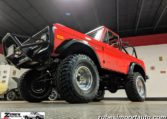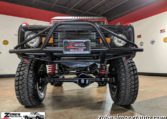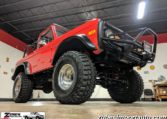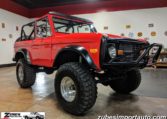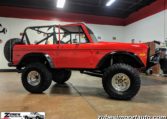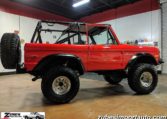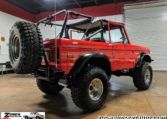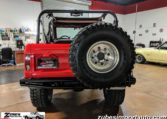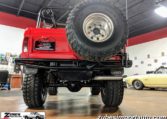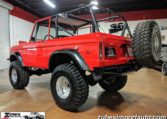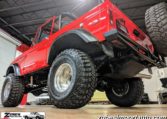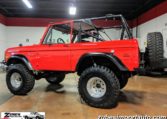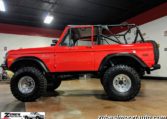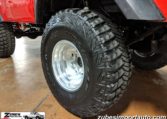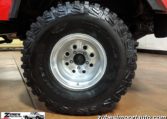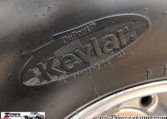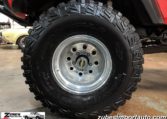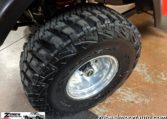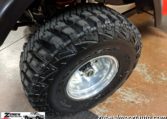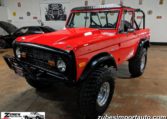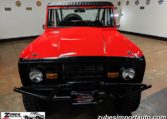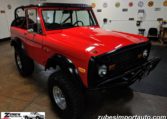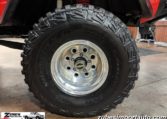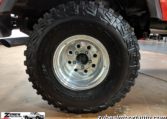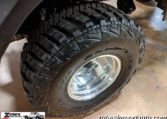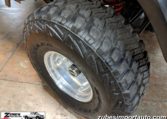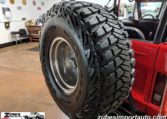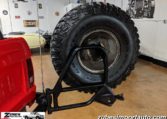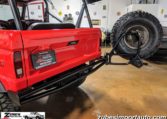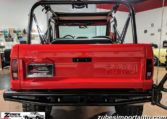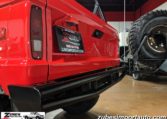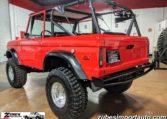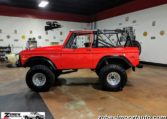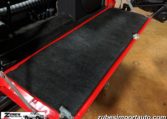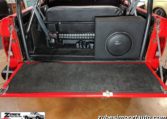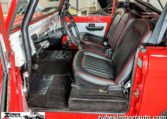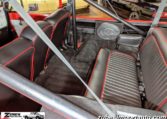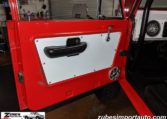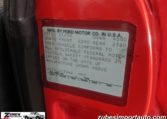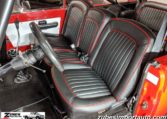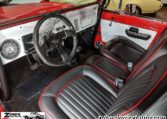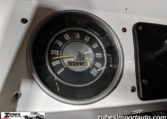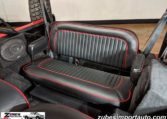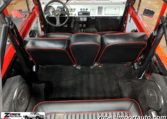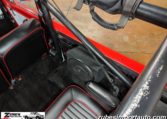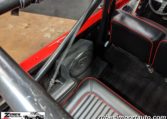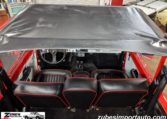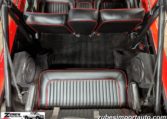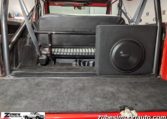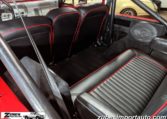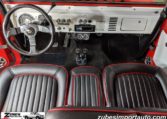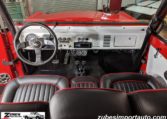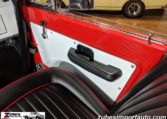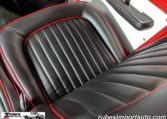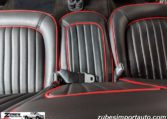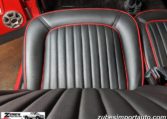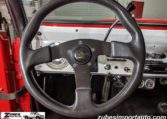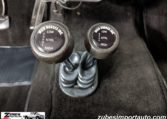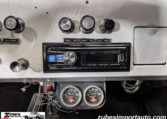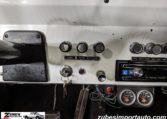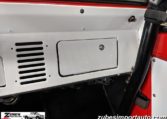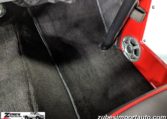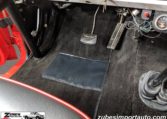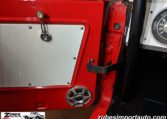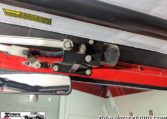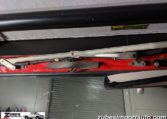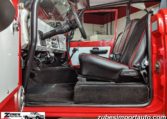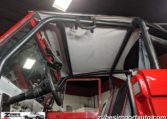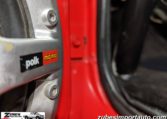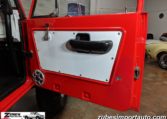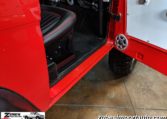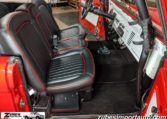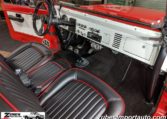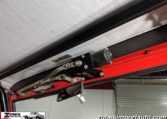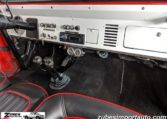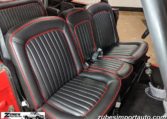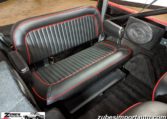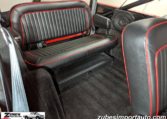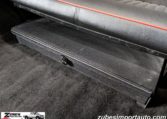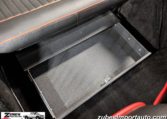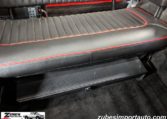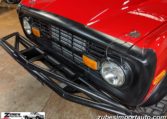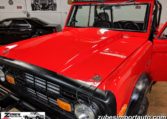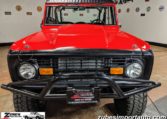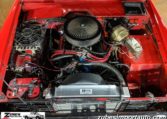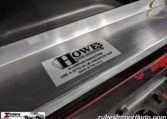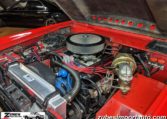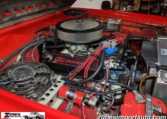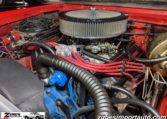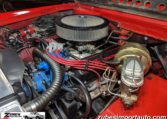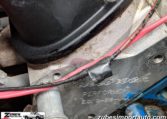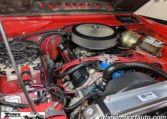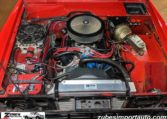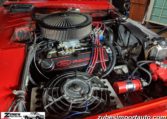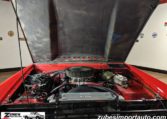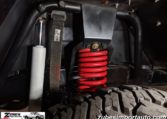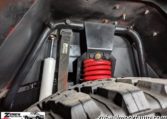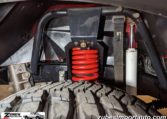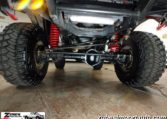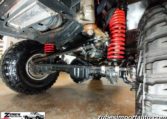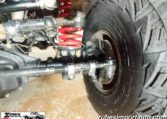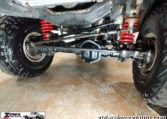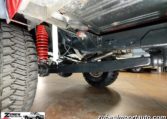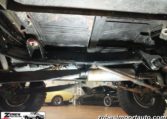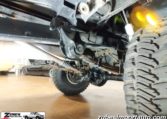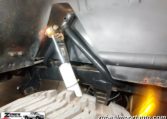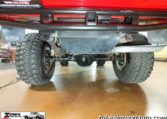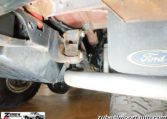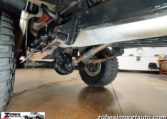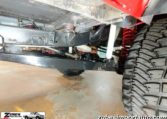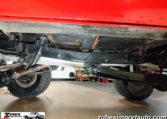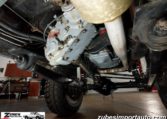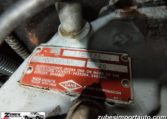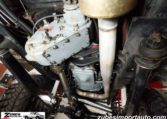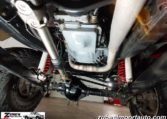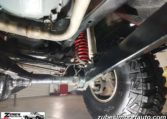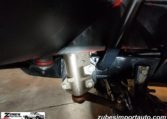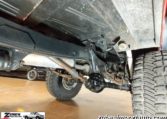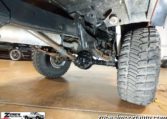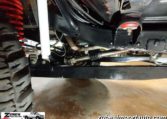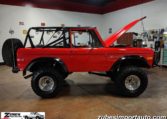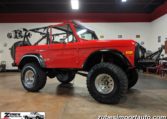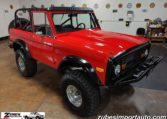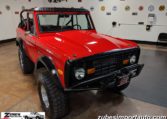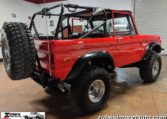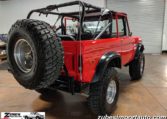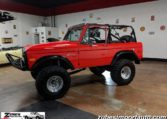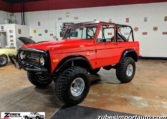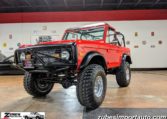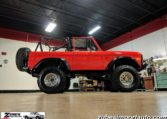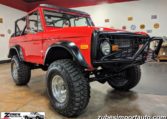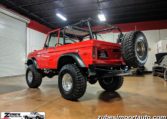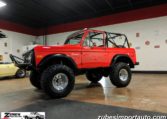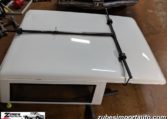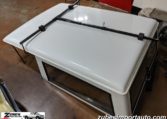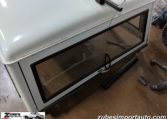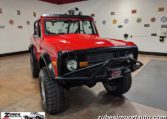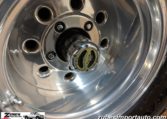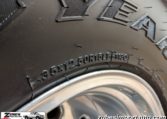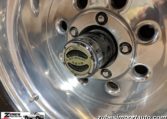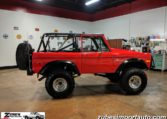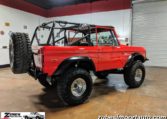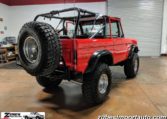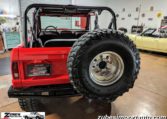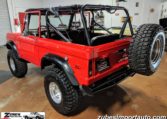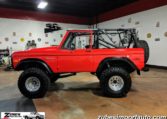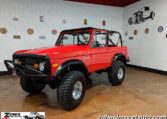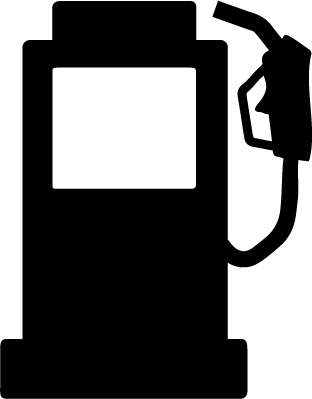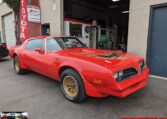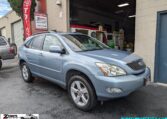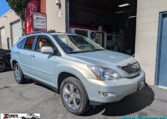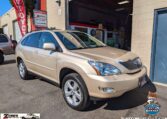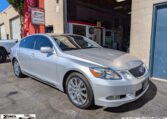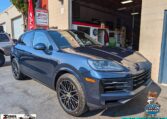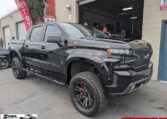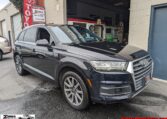1972 Ford Bronco 4x4 302ci V8 C4 Automatic
Locally Owned Classic '72 Bronco! This One Is A Beauty!!!Here’s your chance to own one of the best looking Classic Bronco’s on the West Coast! Beautiful 1972 Ford Bronco with built 302CI V8 and C4 automatic transmission. Wild horse twin sticks to Dana 20 transfer case with Dana 44 front axles. This Bronco has resided in California most of its life. Runs and drives perfectly and has been on numerous road trips to Bishop, CA from SLO with zero issues. You can’t go wrong with an early Ford Bronco- especially one that looks this nice. These Bronco’s are going up in value so don’t miss out- call us today! A great investment that will only appreciate with time. *CALIFORNIA CLEAN TITLE ’72 BRONCO*
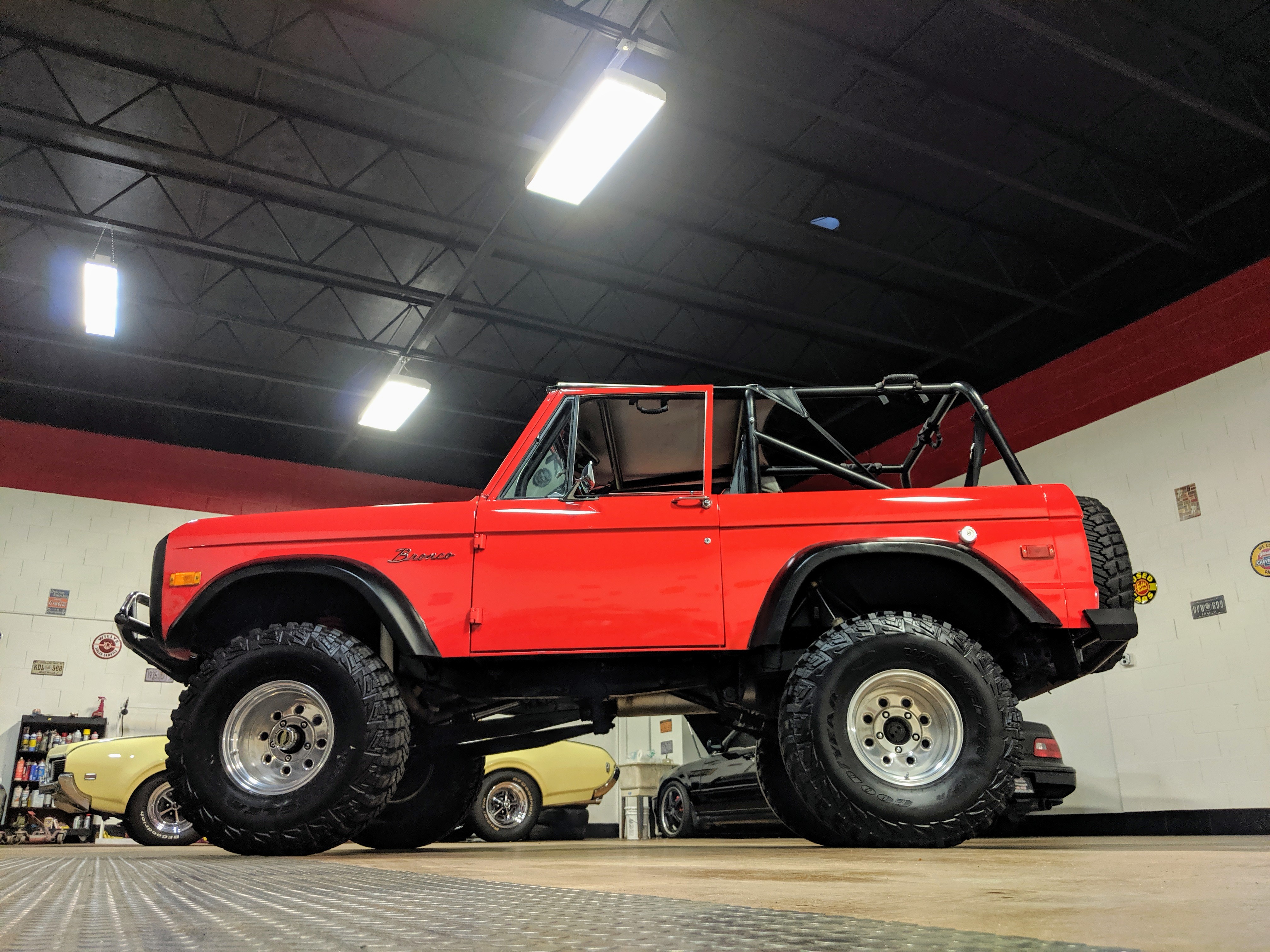
FULL SPEC SHEET AND RESTORATION ITEMS:
- 1972 Ford Bronco with C4 Auto transmission w/ shift kit
- Dana 44 HD tie rod over front axle with front disc brakes
- Ford 9″ rear end with rear drum brakes
- Wild Horse Twin Sticks to Dana 20 transfer case
- Aftermarket Front Winch bumper (winch not included) and rear bumper with tire carrier
- Single 23 gallon gas tank
- Manually switched on/off Auxiliary transmission cooler with temperature gauge
- Auxiliary 8 Circuit Painless wiring harness added for stereo and aux tranny cooler (extra circuits)
- Family Cage roll bar w/ windshield braces
- Original Hard Top & Bikini top included
- Removable Grant Steering wheel
- 3 1/2″ Lift
- Fiberglass fender flares
- Goodyear Wrangler MT/R with Kevlar tires 35×12.50R15LT on 15″ aluminum wheels and full size spare on back of spare tire carrier
- Double shock hoops with single adj. shocks each corner
- All electrical and gauges work with temperature wired to aftermarket gauge
- Howe Aluminum radiator
- West Coast Broncos 4x4x2 quick steer power steering box, adapter plate and hoses
- Lower steering shaft and u-joints, regulator, solenoid, battery cables, horn, headlights and high beam switch, speedo cable replaced
- New exhaust
- Weld Draglite two-piece wheels 15″
- Other items replaced or serviced: wiper drop bracket, cherokee wiper conversion, fan shroud, wild horse arm rests, spark plugs, fuel pump/filter, rear pinion seal
- 302CI V8 Engine overhauled with Edelbrock Performer aluminum heads, 60cc chamber, 170cc intake runner w/ proform extruded aluminum rocker arms
- Edelbrock performer intake manifold
- Edelbrock 600cfm 4bbl carb w/ 1″ spacer
- MSD spark plug wires and MSD ignition coil
- Optima red top battery
- Pro flow deluxe fiberglass cowl hood with 3″ of extra clearance with holes at rear for better air flow.
- CB antenna mounted on back bumper- tied into Alpine head unit for better reception. (No CB included).
- Custom audio installed by Lombards Stereo of SLO with polk audio front door speakers, Alpine CDE-153BT headunit, 6×9 Audison rear speakers in sealed custom boxes, hertz amplifier mounted on the back of custom made sealed boxed with 12″ MMATS Professional Audio subwoofer- (Sounds Amazing!!!)
- Custom interior by Mitch’s Stiches of SLO with all new custom carpet kit throughout, all new custom made seats from scratch with black vinyl and red piping. Individual bucket seats up front for three passengers with seat belts and custom made bench seat in rear with over the shoulder seat belts and lower belts for 3 passengers as well. Designed and built with family in mind so everyone can squeeze in! Custom storage tray on passenger side seat and custom storage pull-out lock box under rear bench seat with 3 digit lock box code.
- Factory Color code T- Candy apple red but repainted many years ago in torch red which is a hint brighter on the red spectrum.
- DSO (District Sales Office/Domestic Special Order) Code 75- Phoenix
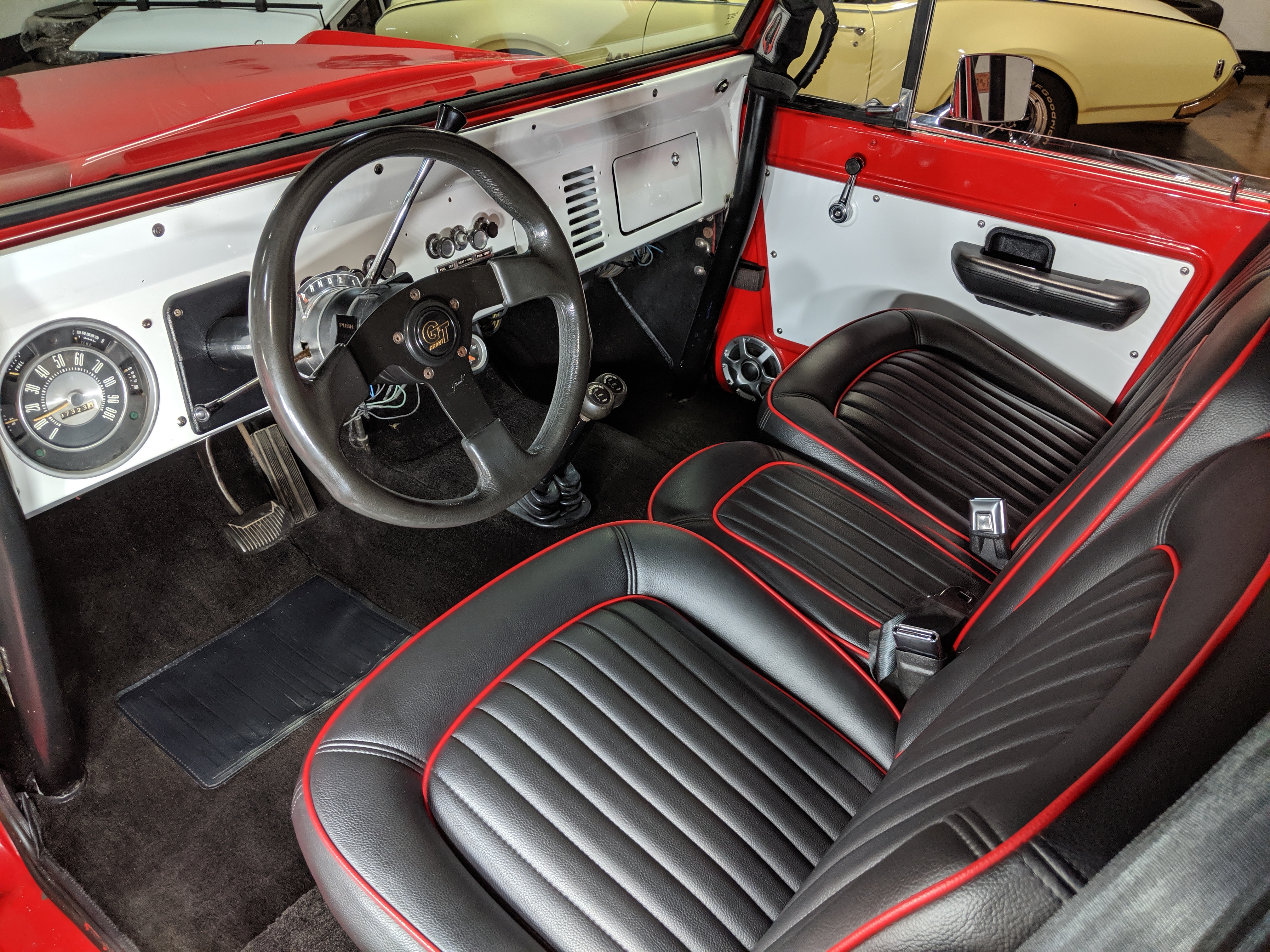
Transport and financing available. We ship our Classic’s all over the country so if you need a quote contact us and we’ll get it for you right away. If you need help getting financed we can also help you with that. One, if not only red 1972 Ford Bronco for sale in California. This one is a beauty and it shows. Be sure to check out our photo gallery as we have 150 plus photos along with our Youtube video showing the undercarriage and complete walk around.
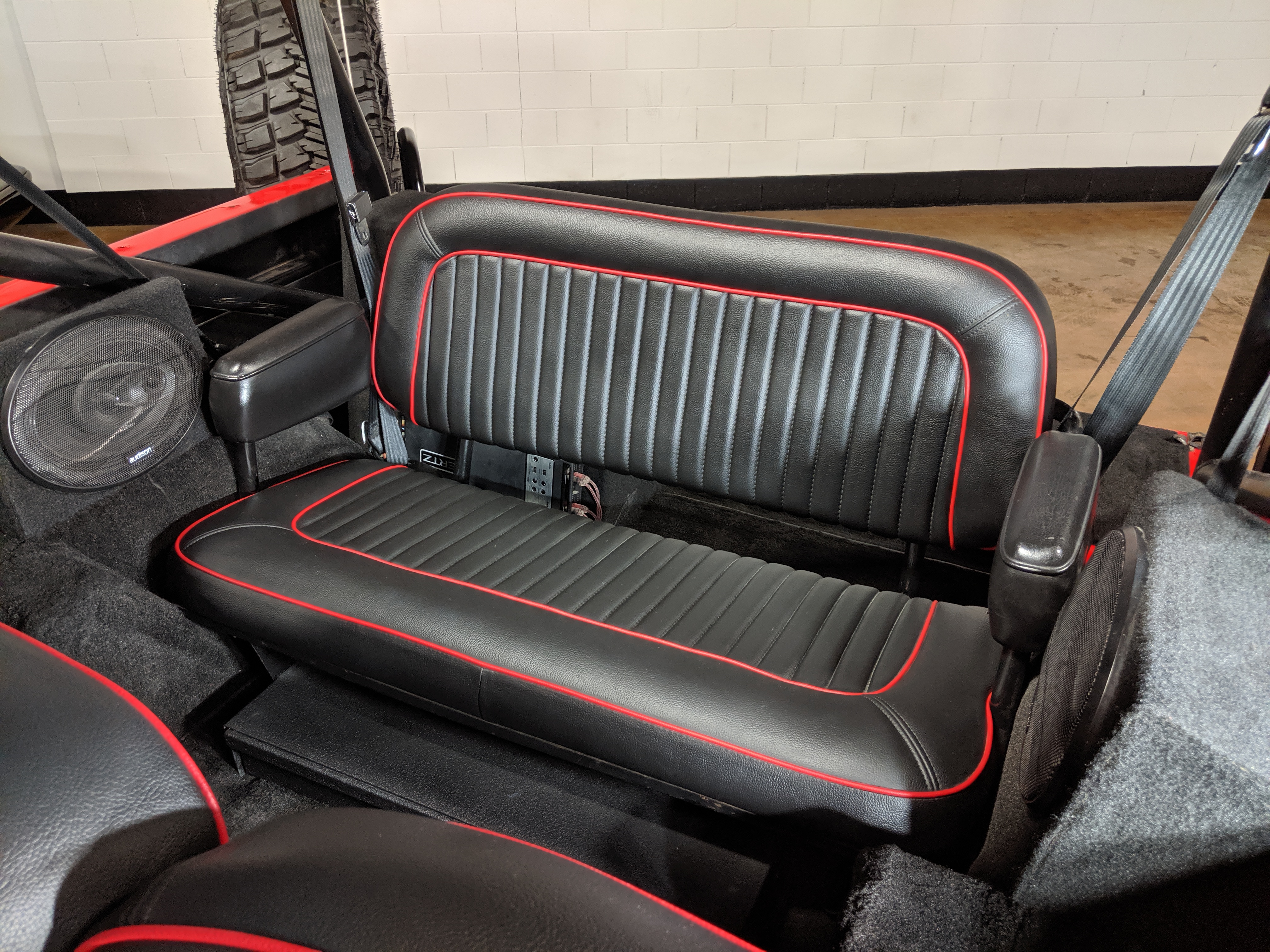
Runs and drives perfectly. Fires right up each time and has a nice idle and tone from the exhaust. Alignment is perfectly straight and vehicle doesn’t sway from side to side when driving down the road. Has good acceleration and power from the Edelbrock aluminum heads and brakes nicely with the power front disc brakes up front. Overall a great vehicle at a great price. The perfect California Classic Ford Bronco. It doesn’t get much better than this!
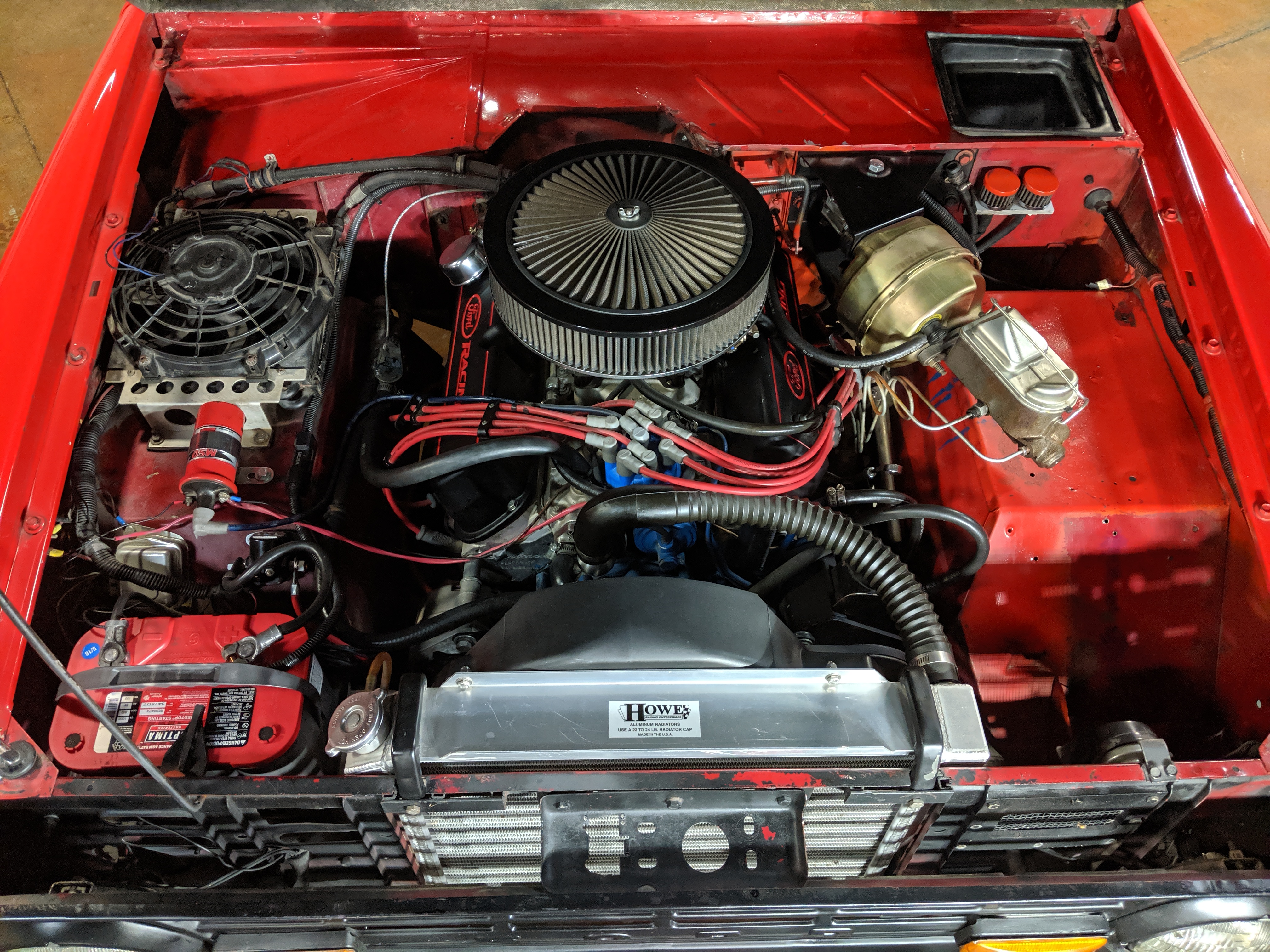
CONTACT US TODAY!!! DON’T MISS OUT!!
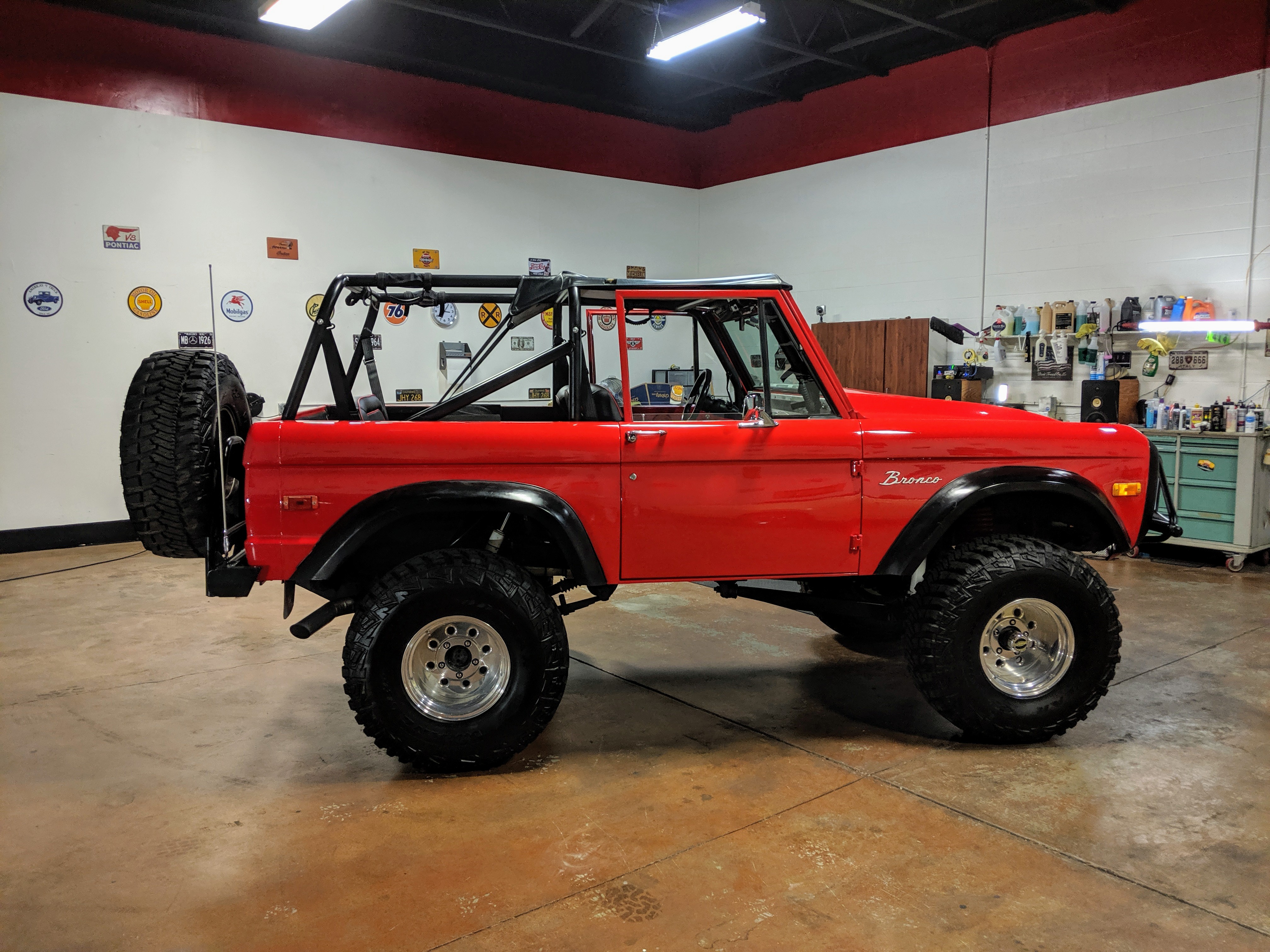
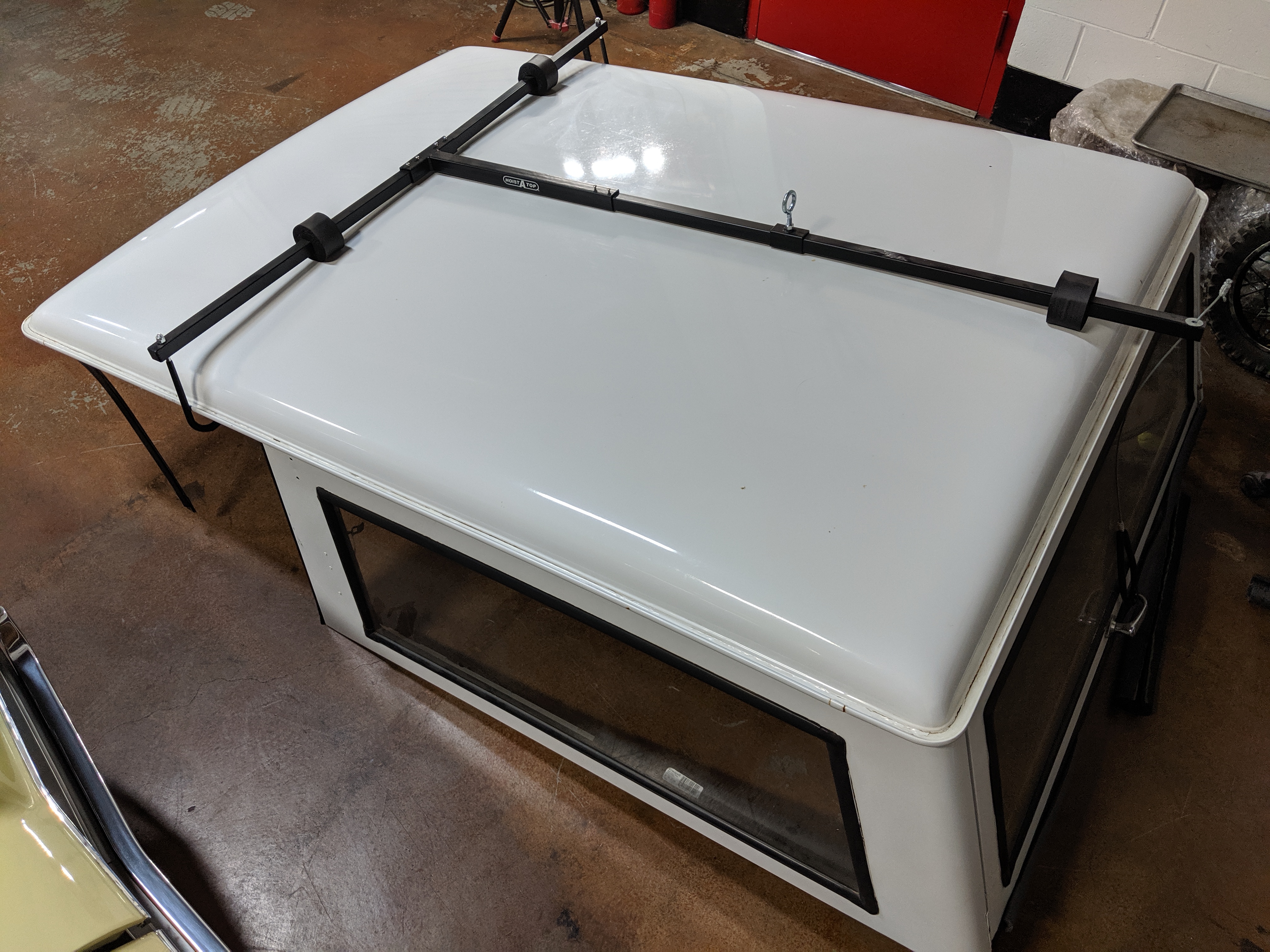
***Original Hard Top Included!!!! Comes with garage harness to store away

- 302 CI V8
- AUX TRANS COOLER
- C4 AUTO TRANS W/ SHIFT KIT
- DANA 40 HD TIE ROD OVER FRONT AXLE W/ DISC BRAKES
- DOUBLE SHOCK HOOPS W/ SINGLE ADJ. SHOCKS EACH CORNER
- FAMILY CAGE ROLL BAR W/ WINDSHIELD BRACES
- FRONT WINCH BUMPER
- HOWE ALUMINUM RADIATOR
- ORIGINAL HARD TOP W/ BIKINI TOP
- REAR BUMPER W/ TIRE CARRIER
- SINGLE 23 GAL GAS TANK
- TWIN-STICK TRANSFER CASE
- WILD HORSE TWIN STICKS TO DANA 20 TRANSFER CASE
The History: (from Bronco.com / Bronco Driver.com)
The Ford Bronco was introduced to the public in August of 1965 to compete against Jeep’s CJ-5 and International Harvester’s Scout in the burgeoning recreational four wheel drive vehicle market. The first Broncos were very spartan without options such as power steering and an automatic transmission. The first models were available only with a 105 hp 170 cid six cylinder derived from Ford’s Falcon lineup. The only available transmission was Ford’s 3.03 three speed manual with a column mounted shifter. Transmission ratios behind the six cylinder were: 3.41:1 first, 1.86:1 second, and 1:1 third. When the 289 V8 option was introduced in March 1966, the three speed manual behind it had ratios of: 2.99:1 first, 1.46 second, and 1:1 third. The transfer case was a Bronco specific Dana 20 with a low range ratio of 2.46:1. Unique to the models was a tall shifter with a shift pattern matching that of the T-handle shifter, but with a J- handle style ball mounted on top. Most ’66s also had rear shock absorbers that angled forward in front of the axle with stud mounts at the top instead of the later rear-canted eye mount shocks. The Bronco, with a 92 inch wheelbase was offered in wagon, half cab, and roadster configurations. The roadster option was not very popular and was discontinued after 1968. Standard brakes were 11 x 2″ front drums and 10 x 2.5″ drums on the rear on the small bearing (2780 lb.) axle and 11 x 1.75″ drums on the large bearing(3300 lb.) axle. All Broncos employed a Ford 9″ rear axle and until 1971, a Dana 30 front axle rated at 2,500 lb. Axle ratios were 3.50:1, 4.11:1 and 4.57:1(6 cyl. only). The standard gas tank held 14.5 gallon with an optional 11.5 gallon second tank available. Options for ’66(including dealer installed accessories) included: Warn free wheeling hubs, snow plow kits, winches, tachometers, Air Lift front auxiliary springs, trailer hitches, tow hooks, etc. Most of the options and many others were included through the Bronco’s twelve year run. Production for the 1966 year totaled 18,200 units.
The Sport Package was introduced in 1967. This package included bright finished horn ring, windshield drip, head and tail lamp bezels, side window frames, instrument panel trim and tailgate handle, cigar lighter, chrome-plated grille, bumpers and front guards, red die cast F-O-R-D letters appliquéd to the grille, and 15″ wheel covers. A bright trimmed hardboard headlining and vinyl floor mat were also added to the Sport Wagon. A dual master cylinder with a split hydraulic system and self-adjusting brakes was also new. Back-up lights were now standard and an 11.5 gallon auxiliary fuel tank option was available. 16,100 Broncos were built in 1967.
Bumpers with curved ends and side marker reflectors immediately distinguished the 1968 models from their predecessors. Locking front hubs, new inside door handles and “soft” window crank knobs were other new options. This was also the last year for the 289 V8 and the roadster option. 1968 production was 15,700 trucks.
1969 was a big year for the Bronco with production jumping to 19,200 units. The 302 V8 replaced the 289 V8. Two speed electric windshield wipers replaced the vacuum units several months into the production run. Amber lenses parking lights replaced the previously used white lens. The Sport models now had aluminum door panel trim, pleated parchment interior, and a rear floor mat when the rear seat was ordered. Some sources say the removable top feature was discontinued, although we enthusiasts know better! The steering stabilizer became a standard feature along with improvements in NVH.
Repositioned side marker lights and reflectors were the most obvious change to the 1970 Broncos. The Sport Bronco became a model rather than an option package. 1970 also saw the first application of evaporative emissions recovery systems with gas tanks on models so equipped losing capacity to 12.7 gallons and 10.3 gallons in the main and auxiliary tanks respectively. 18,500 Broncos were built in 1970.
The stout Dana 44 became the standard Bronco front axle early in the 1971 production year, replacing the weaker Dana 30. New options included a remote control left hand outside mirror, a new headliner for the pickup, and a heavy duty radiator. The special edition Baja Bronco by Bill Stroppe and Associates was also introduced this year. Stroppe took a Bronco wagon and added a roll bar, dual shocks front and rear, Gates Commando tires, fender flares, larger tires, rubberized steering wheel, bumper braces, power steering, automatic transmission, special nameplate, and red, white, blue, and black special order paint. A total of approximately 650 Baja Broncos were produced between 1971-1974. 18,700 Broncos rolled off the assembly line in 1971.
1972 was the last full year for the T-handle transfer case shifter and the ‘302’ emblem disappeared from the front fenders of V8 Broncos. This was also the last year for the beloved half cab. The Ranger trim package was introduced at mid-year and consisted of new stripes, argent grille, color-keyed pile front and rear carpet, deluxe wheel covers, wood-grained door trim panels, ‘Ranger’ tire cover, cloth-inserted bucket seats and a fiberboard headliner. Gas tank size continued to shrink with the auxiliary tank now holding 7.5 gallons. 1972 Bronco production totaled 18,300.
When the Bronco was introduced in the mid-sixties, its main competition was the Scout 800 and the Jeep CJ-5, both spartan vehicles to say the least. By the early seventies, with the introduction of the Chevrolet Blazer and the Scout II, it became painfully obvious that the Bronco was beginning to fall behind the competition. In 1973, Ford finally answered the calls for modernization by introducing the C-4 automatic transmission option and optional power steering. The C-4 had ratios of 2.46:1 low, 1.46 second, and 1:1 third. The power steering box was a Saginaw unit with 5.3 turns lock-to-lock. The base engine was bumped from 170 to 200 cubic inches. The J-handle transfer case shifter was introduced shortly after the model year began and the low range transfer case ratio became 2.34:1. These changes helped push early Bronco sales to their second best year ever: 26,300.
By 1974, the 200 c.i.d. six cylinder and 4.11 axles were no longer available in California. A new emissions package was also introduced for California Broncos. Some subtle changes were made mid-year to the J-handle shifter mechanism in response to complaints of tough shifting. The transmission selector was lighted starting in ’74. 21,400 Broncos rolled off the assembly line in 1974.
Unleaded fuel engines and catalytic converters were the new items added to the Bronco in 1975 in the face of increasingly strict emissions requirements. Some sources also say that the cam timing on ’75 engines was retarded to help with emissions as well. Sport and Ranger models received the F-Series steering wheel for the year. GVWs and ride heights were revised. Among the new options was an 800 watt engine block heater for folks in cold climates. Bronco production shrunk to its lowest ever in 1975 with just 13,200 trucks produced.
The bicentennial year brought several key improvements to Ford’s sport utility, most notably the addition of long overdue power assisted front disc brakes. The rear brakes were upgraded to 11 x 2.25″ drums. The steering box ratio was shortened to 3.8 turns lock-to-lock. The dreaded Y steering linkage was also introduced in 1976 along with a front anti-sway bar. A Special Decor Group comprised of a flat black-finished grille, tape stripe, bright windshield molding, and side window frames and wheel covers was introduced mid-year. 14,500 Broncos rolled off the line in 1976.
Everyone knew the early Bronco’s days were numbered in the face of stiff competition from the Blazer and Chrysler Corporation’s Ramcharger and Trail Duster trucks. The 1977 Bronco in many ways represented the best of the breed. There were very few changes from the previous year; the most important one for enthusiasts being the introduction of the heavy duty 9″ rear end housing. The most obvious exterior change was the introduction of gas tank doors replacing the previous exterior mounted caps, in line with the introduction of doors on the F-Series and Econoline vans. The rear marker lights were mounted vertically to give clearance for the doors. Some previously standard items, such as a passenger’s side seat and padded instrument panel, were made optional this year. Unique to the ’77s is a 14.4 plastic gas tank and an 8 gallon auxiliary tank. In its final year of production, 30,700 Broncos rolled off the assembly line before the large Bronco took over in 1978.
The early Bronco today enjoys a cult-like status among four wheel drive and collector car enthusiasts alike. Its simple, sturdy construction, V8 power, and excellent maneuverability ensure good off road performance and provide a platform on which many modifications can easily be made. The popularity of the classic 1966-1977 Ford Bronco will no doubt continue to soar in the years to come.
There were four trim packages for the Bronco. There was the base Bronco, Bronco Explorer, Bronco Sport, and Bronco Ranger.
Browse through the vast selection of vehicles that have recently been added to our inventory.
